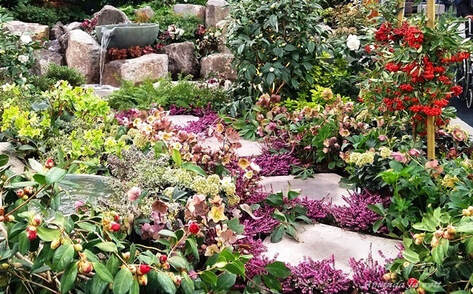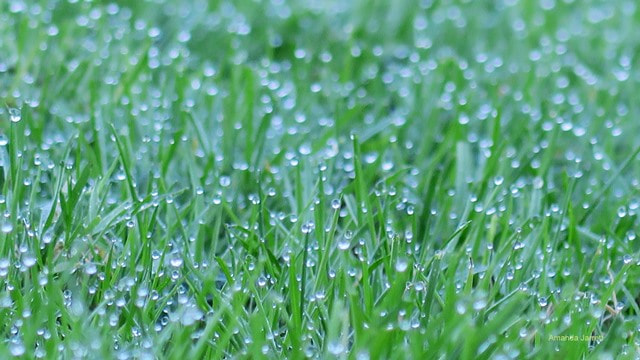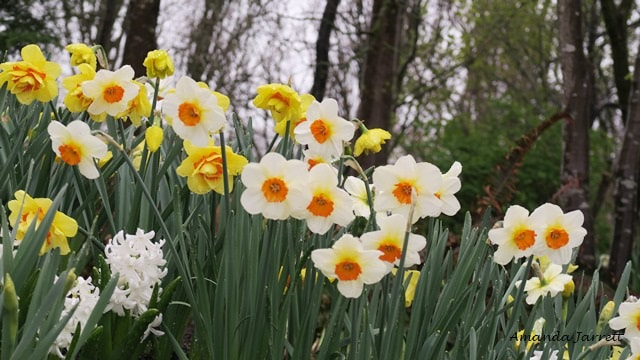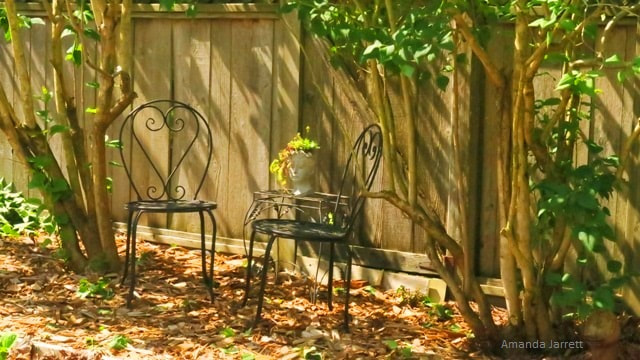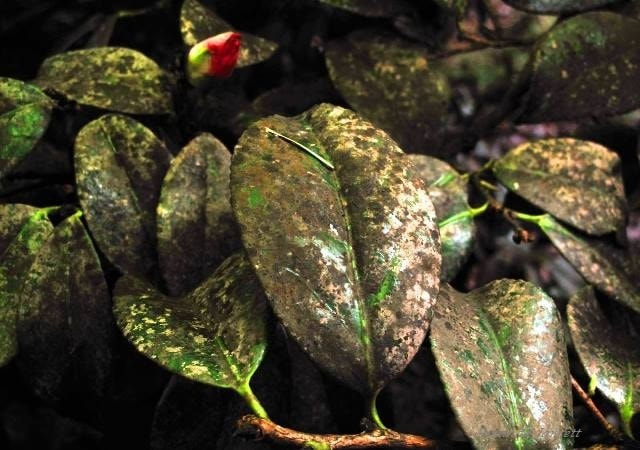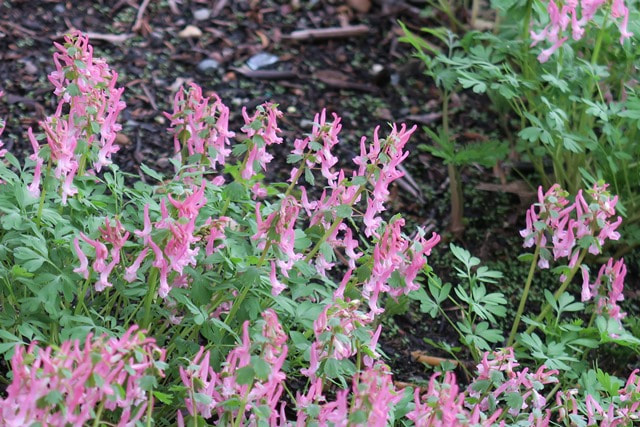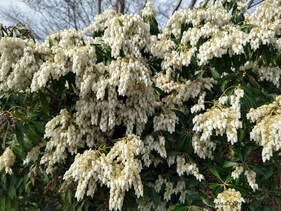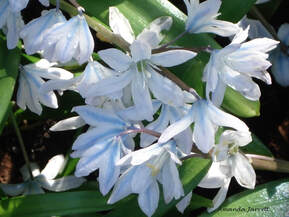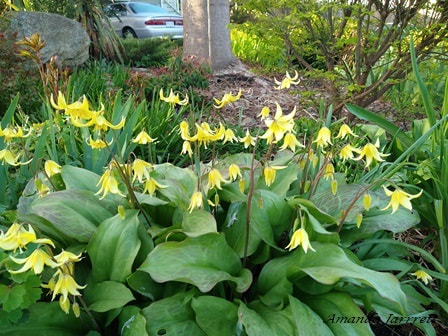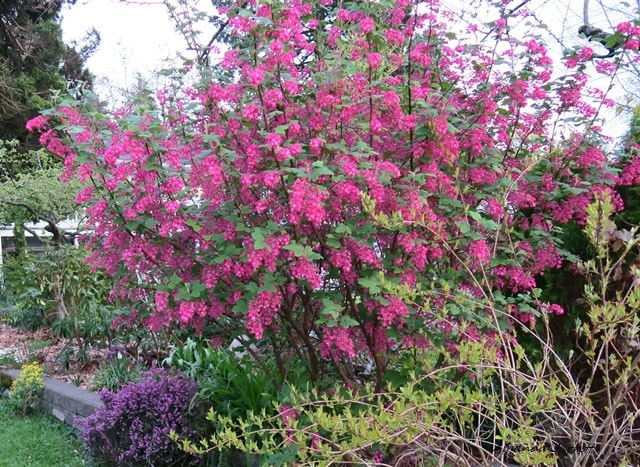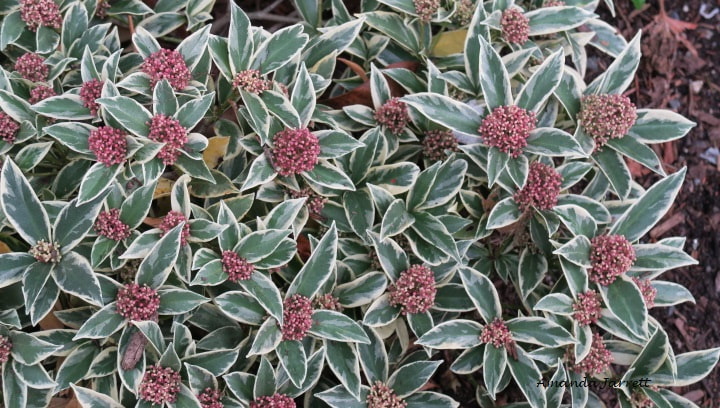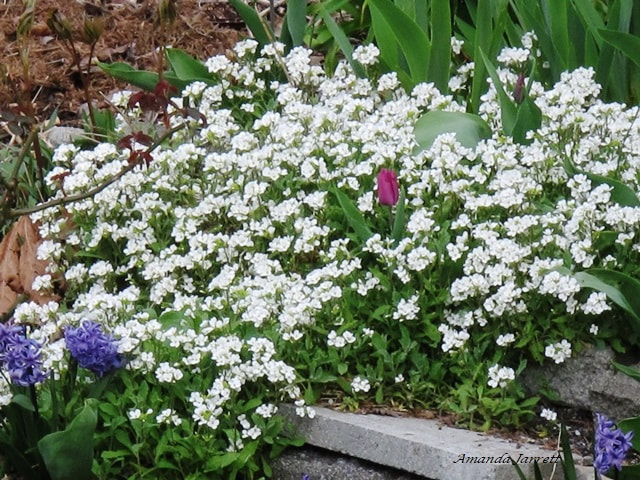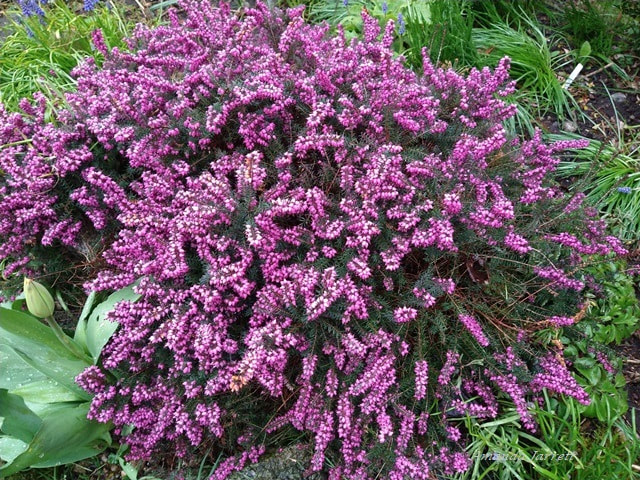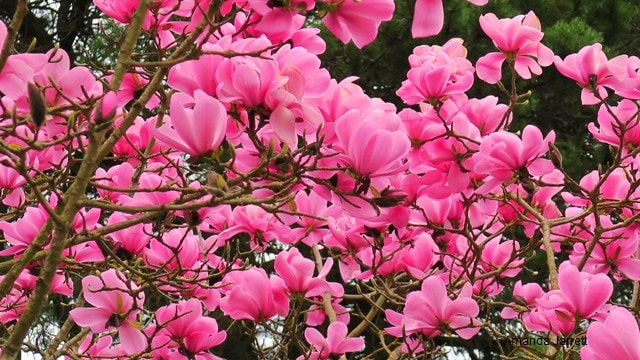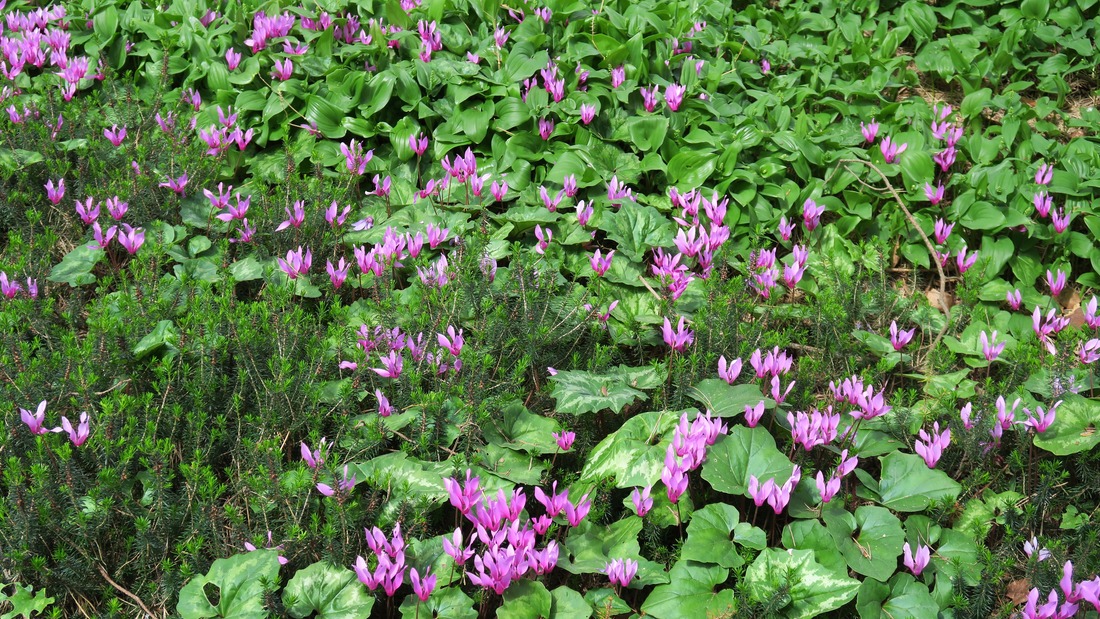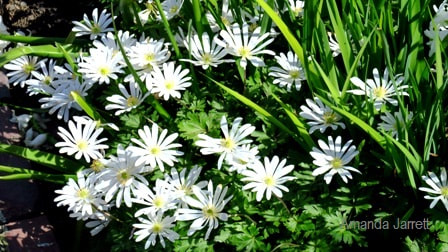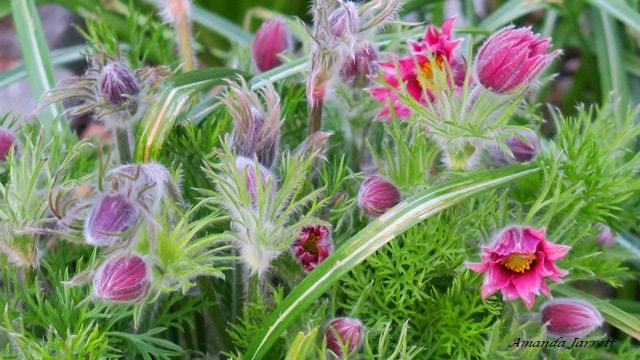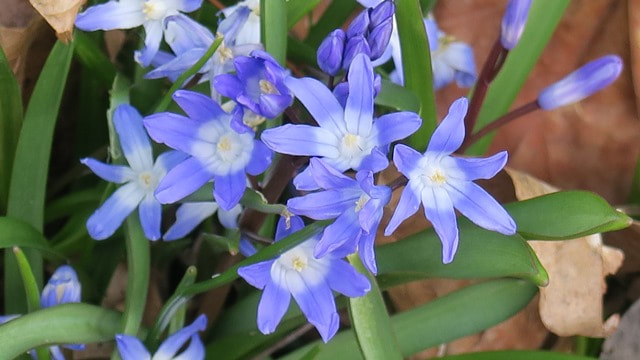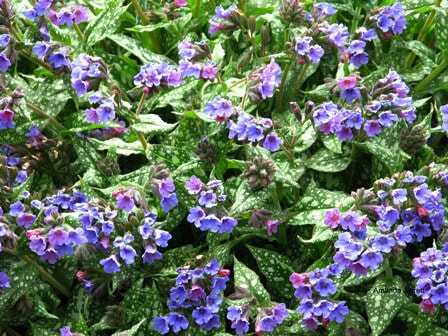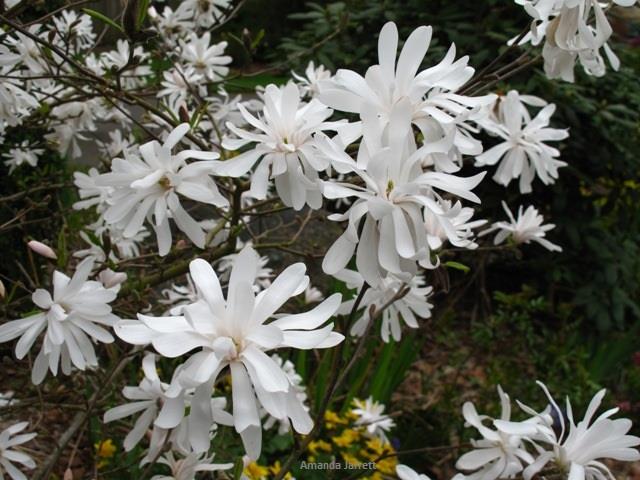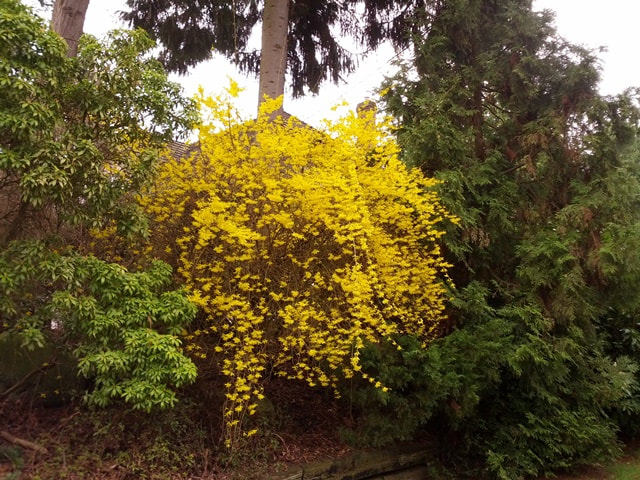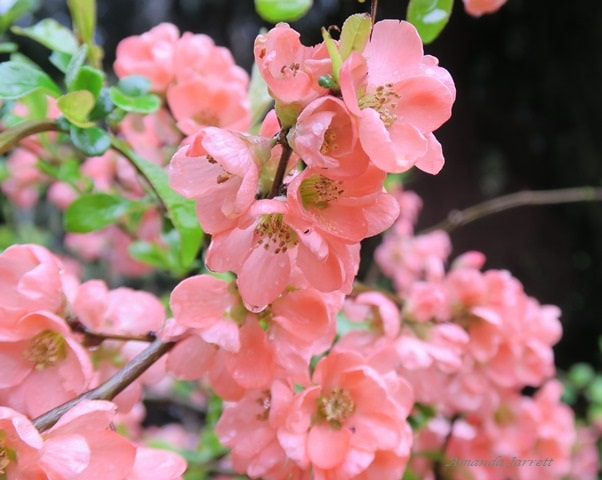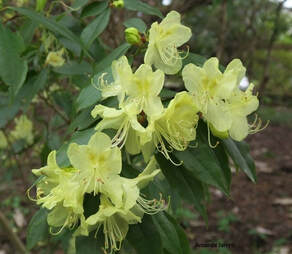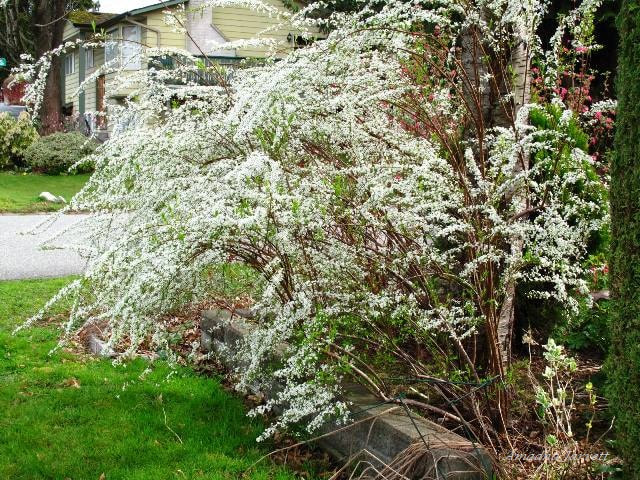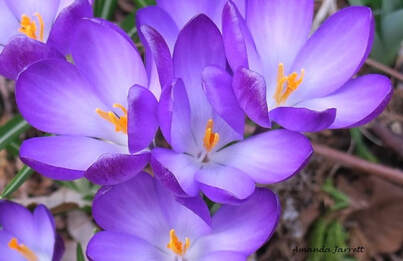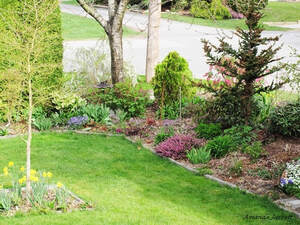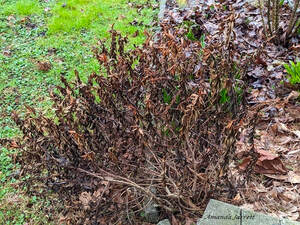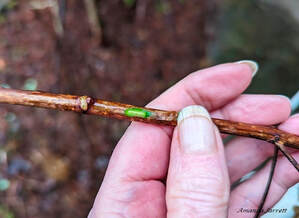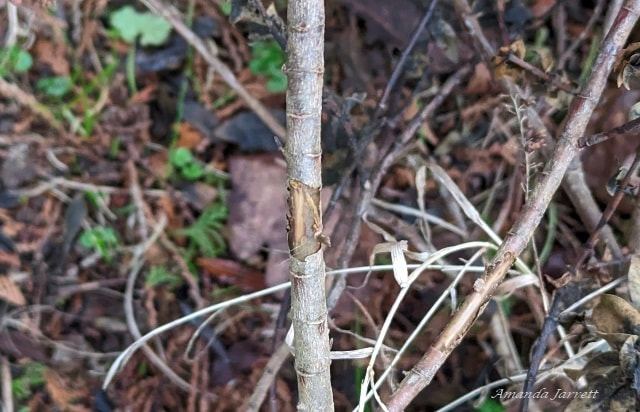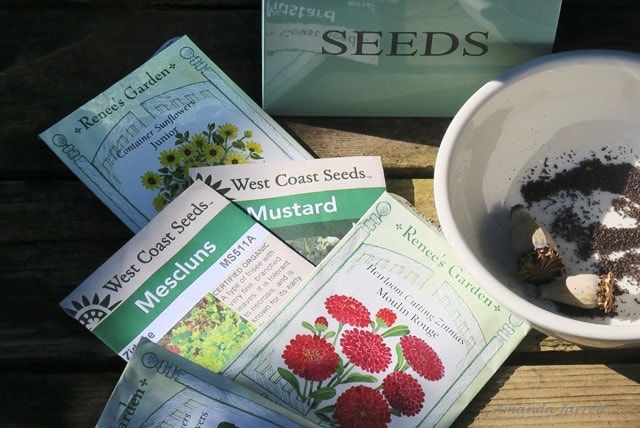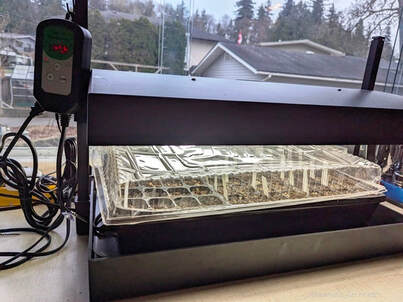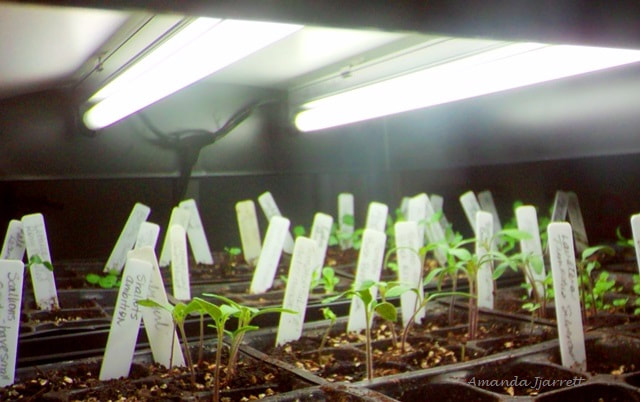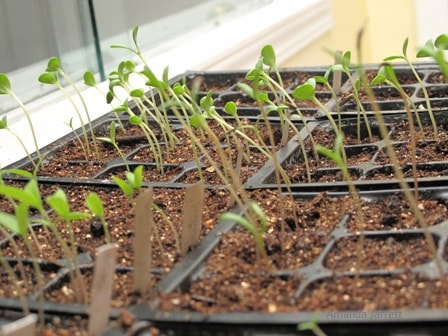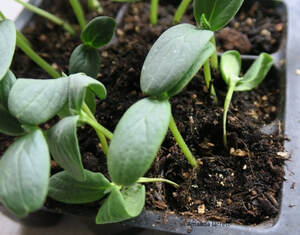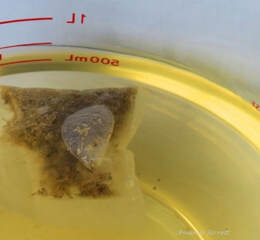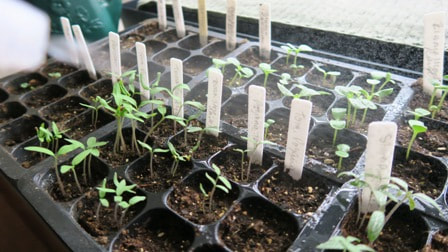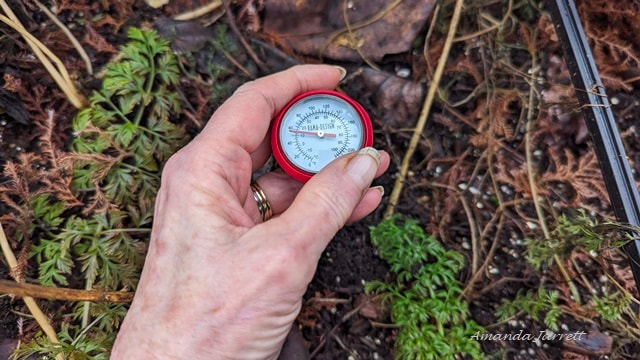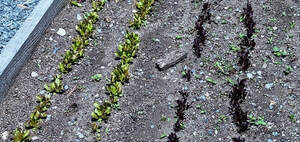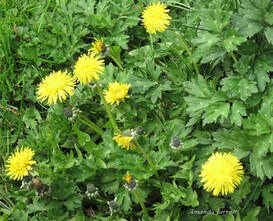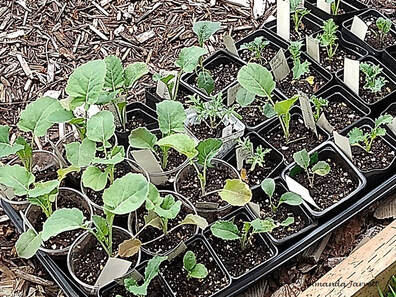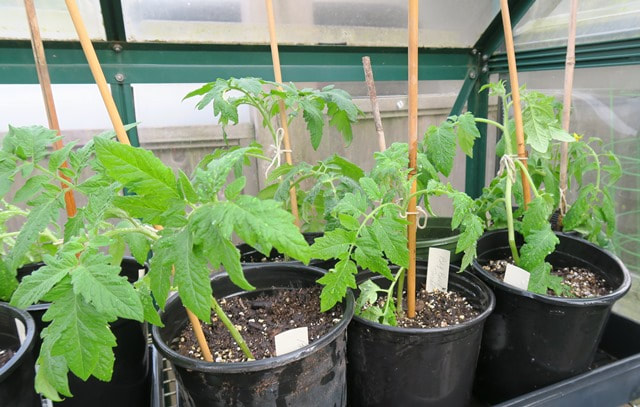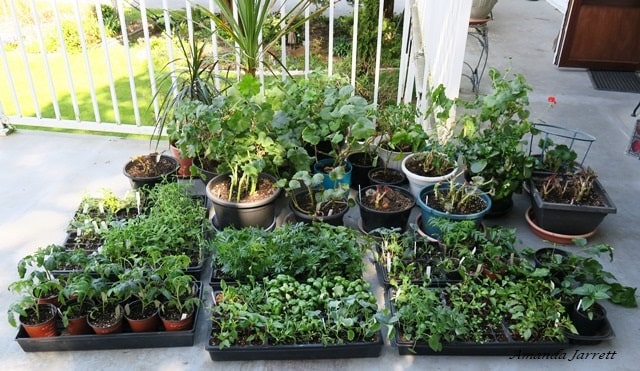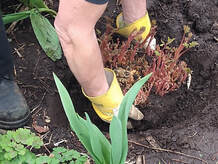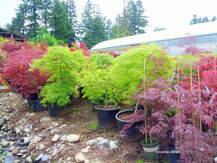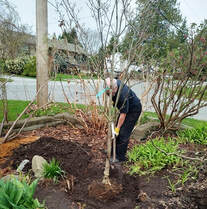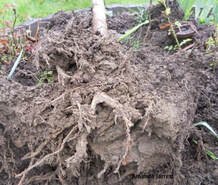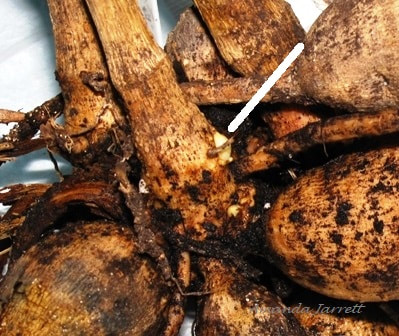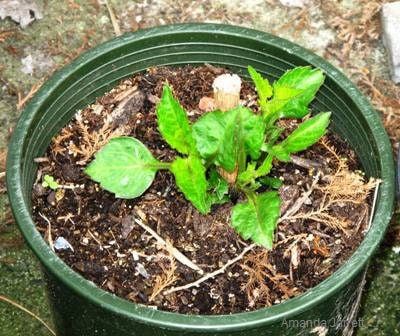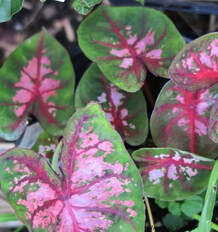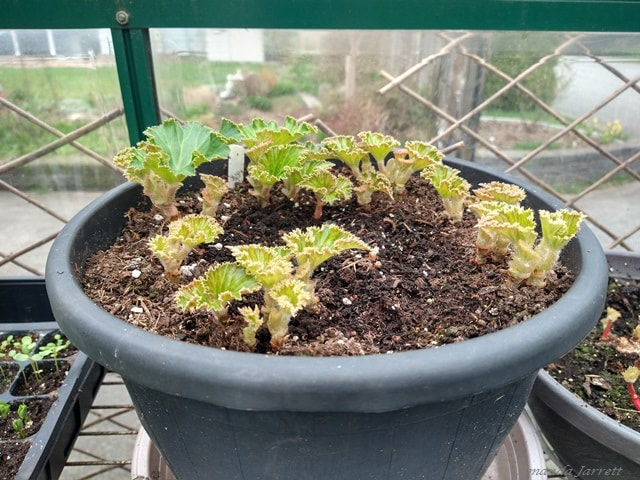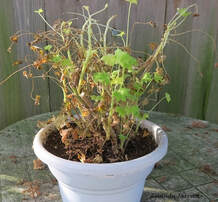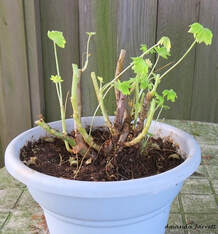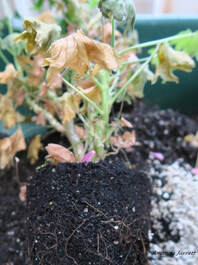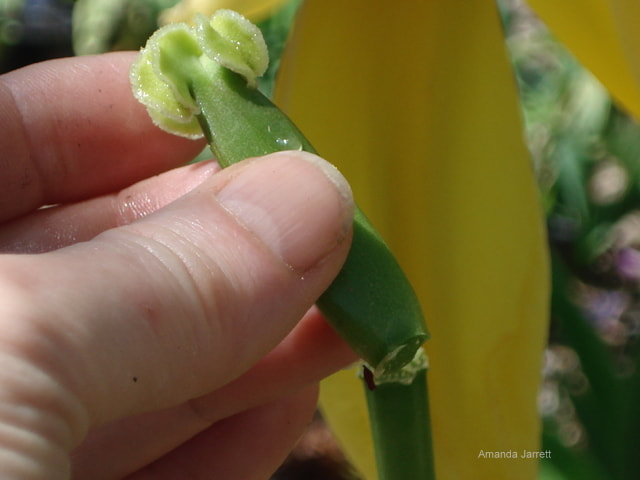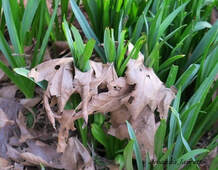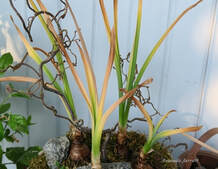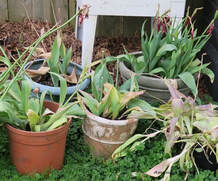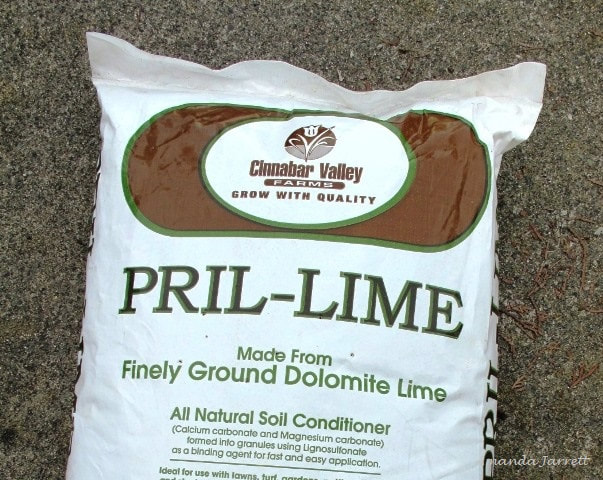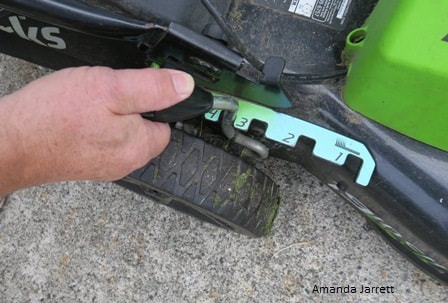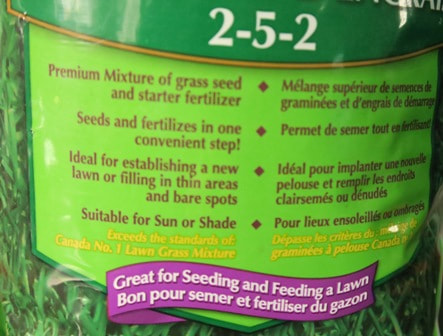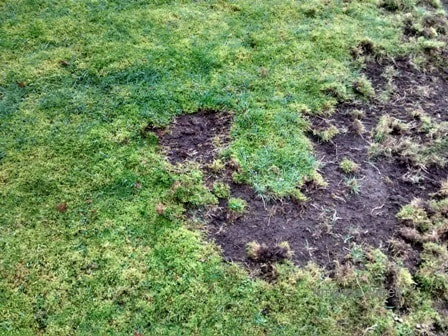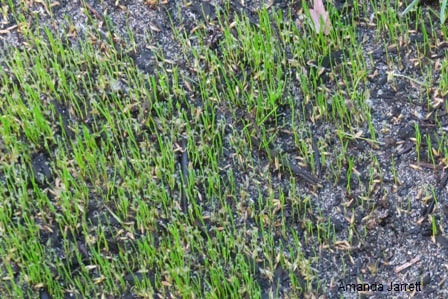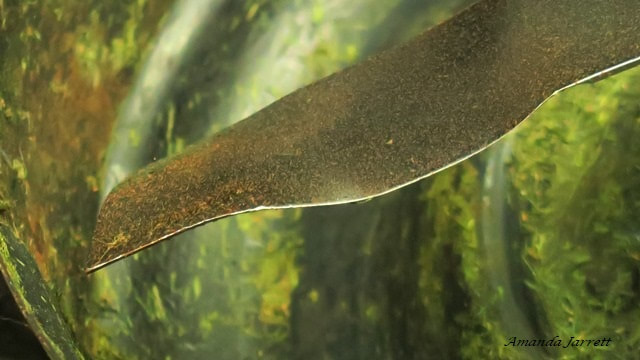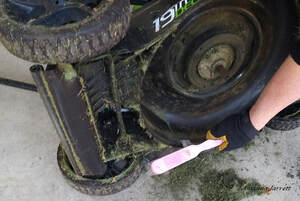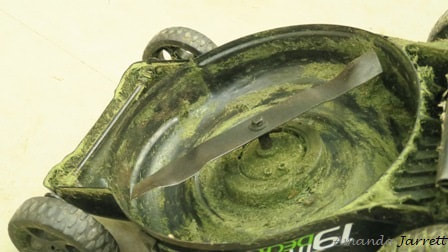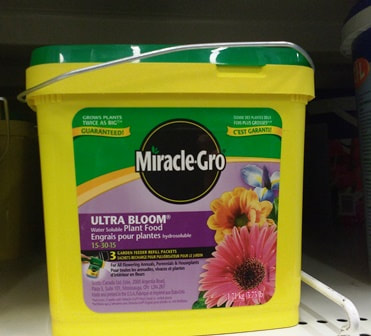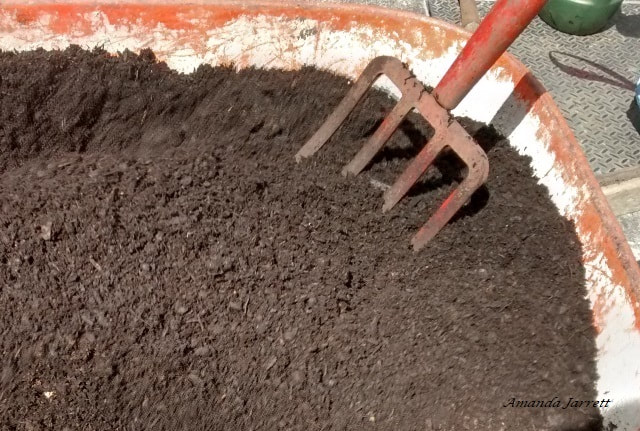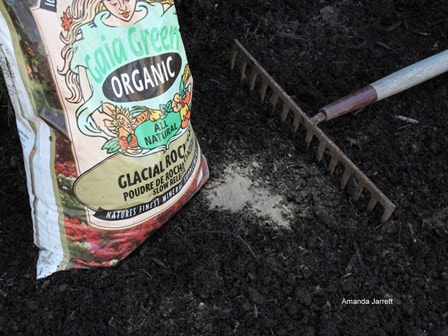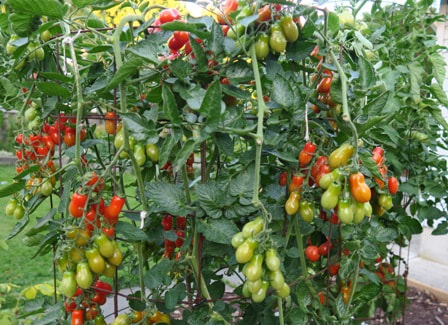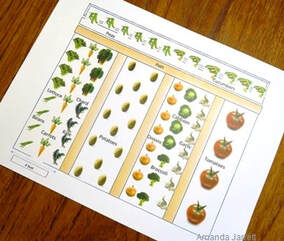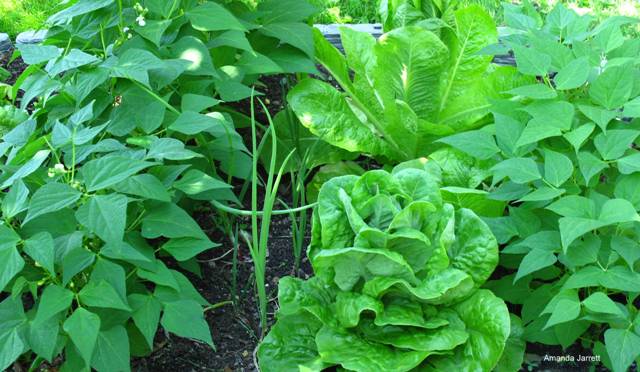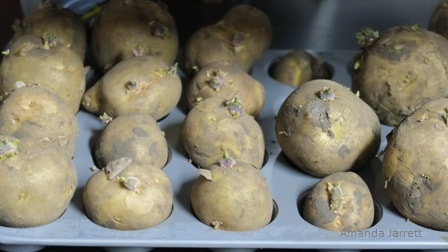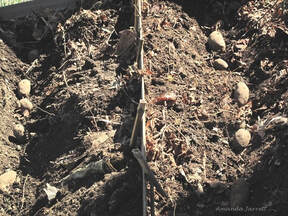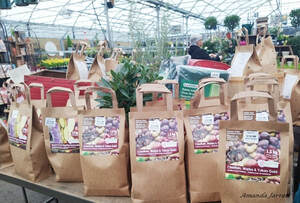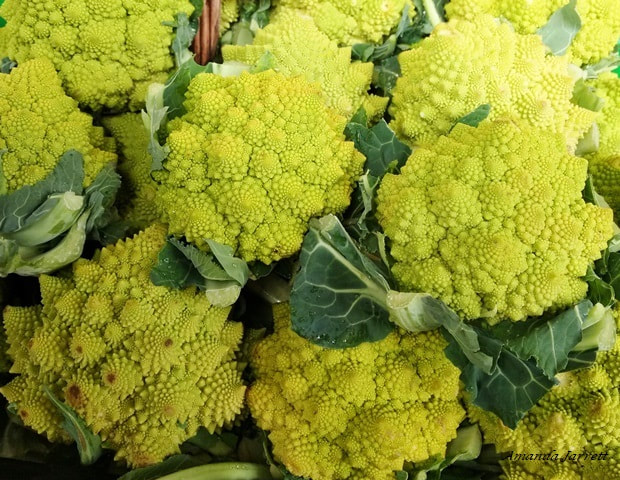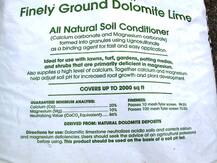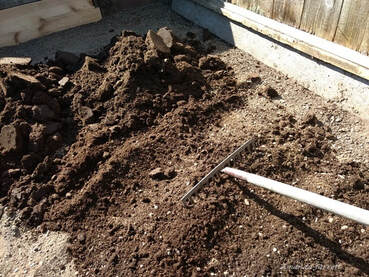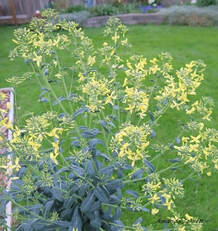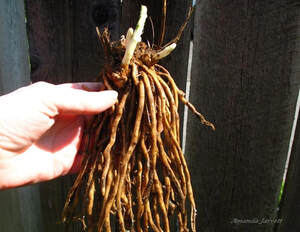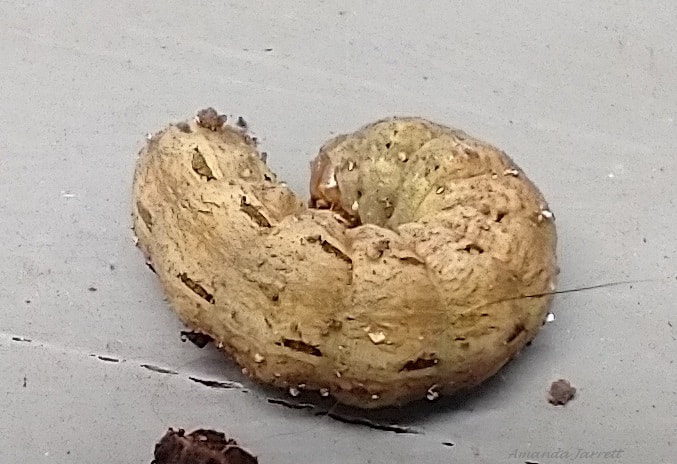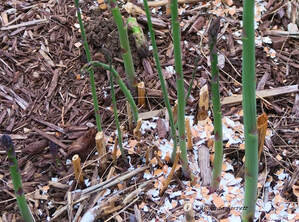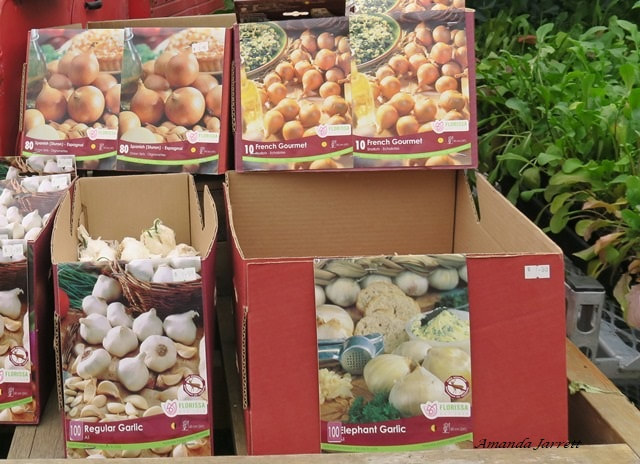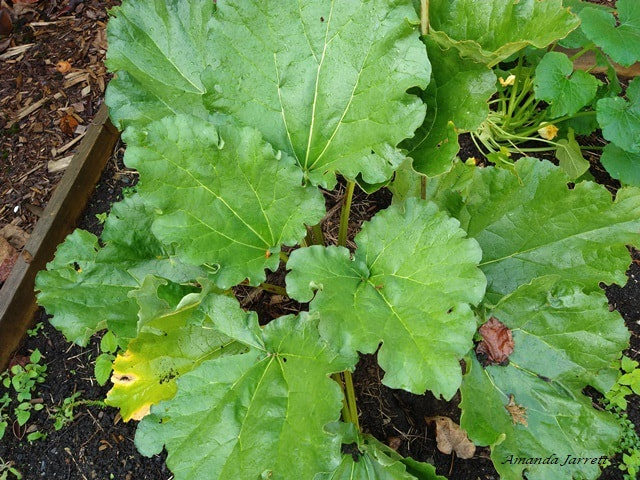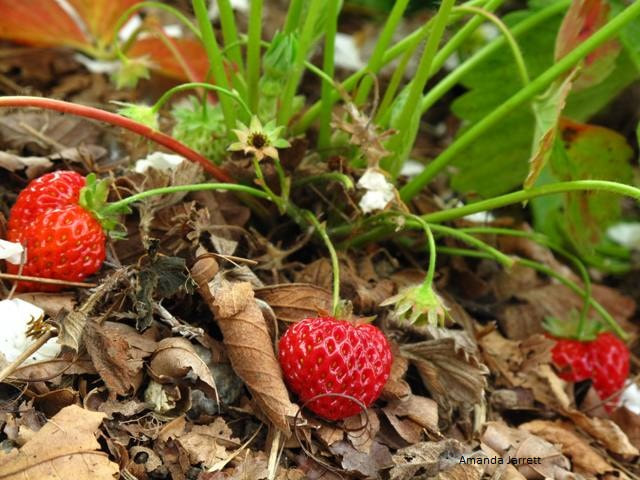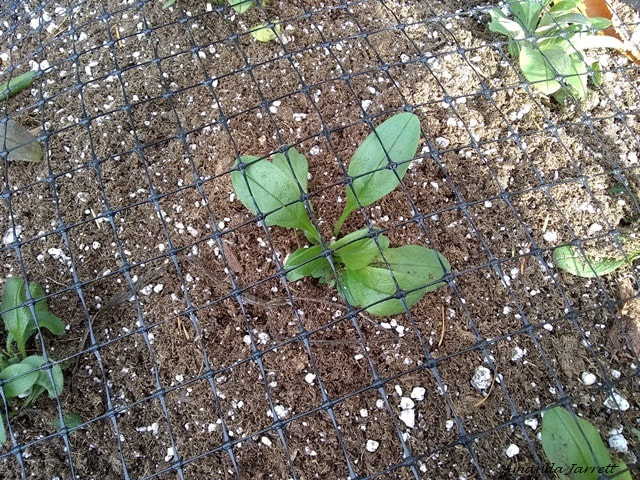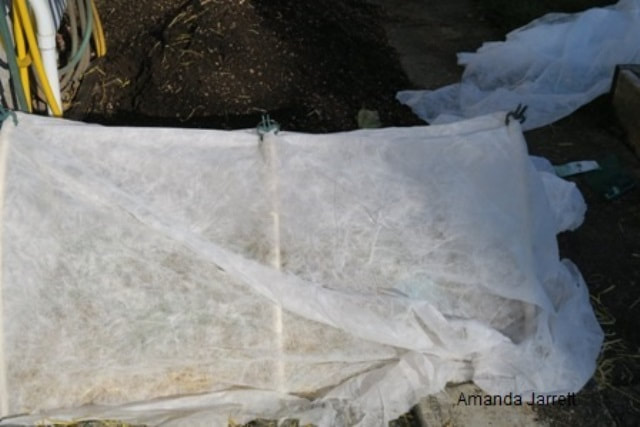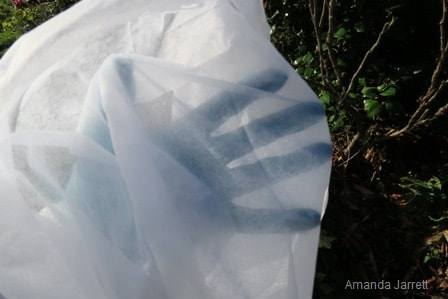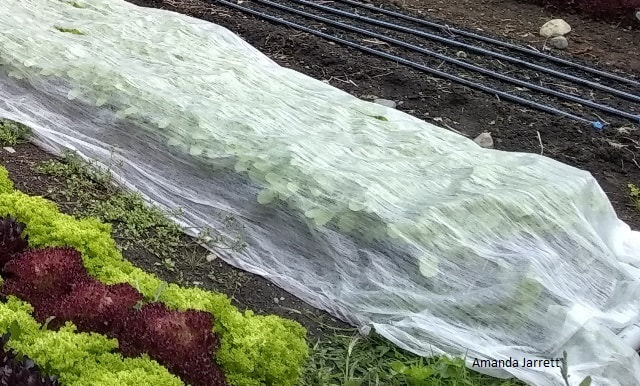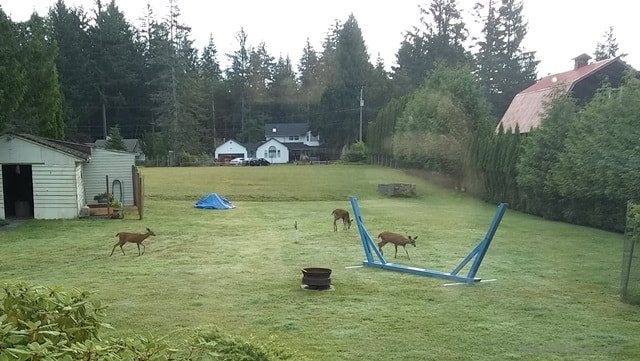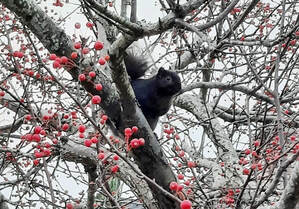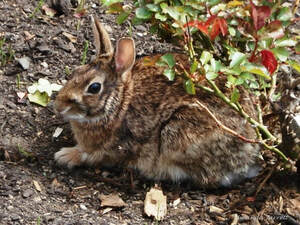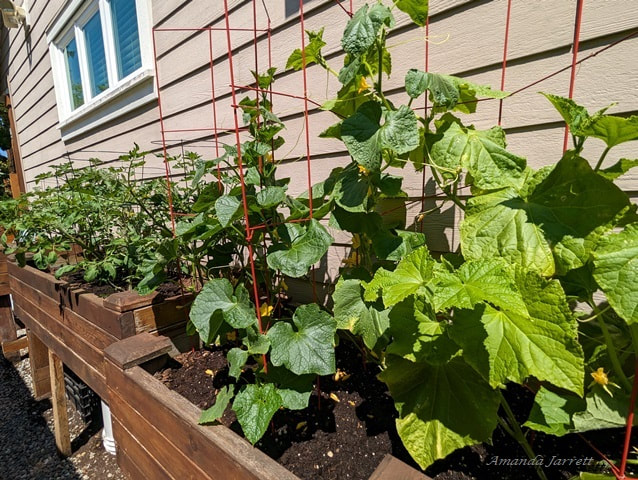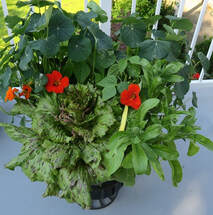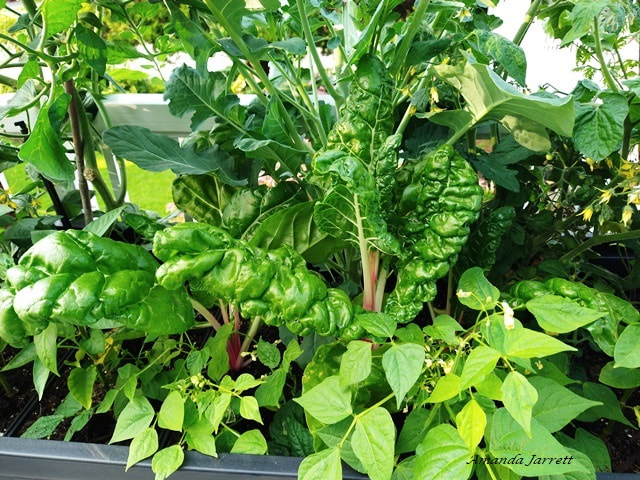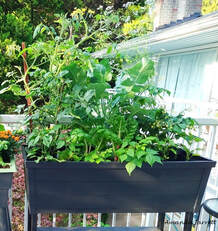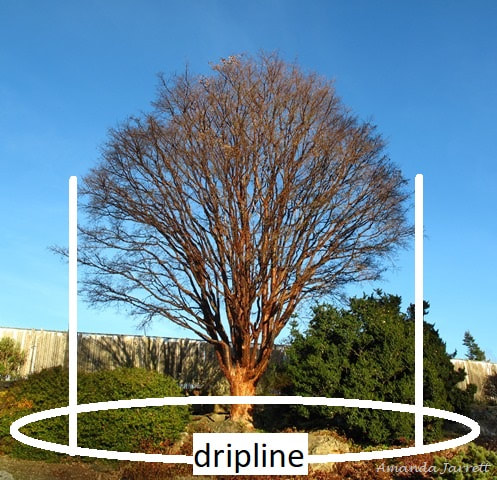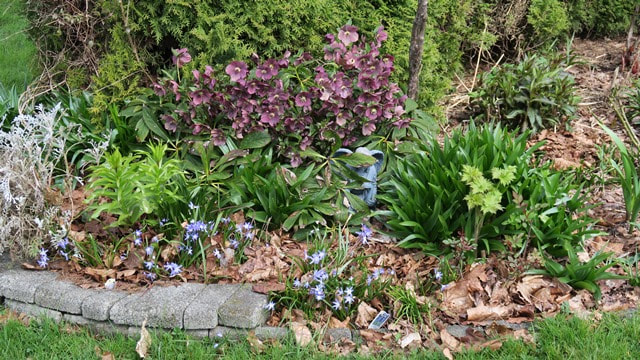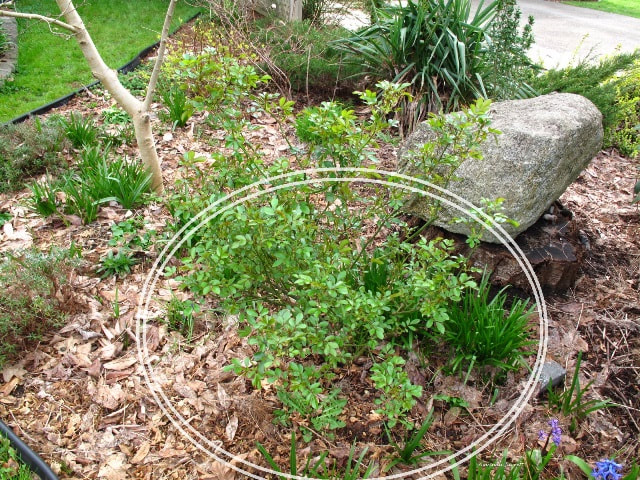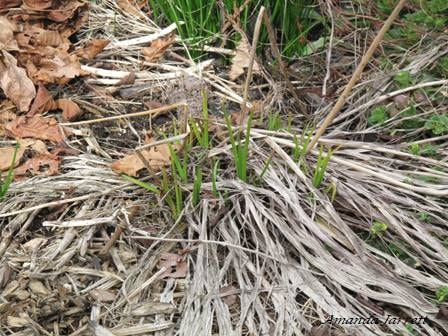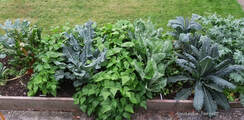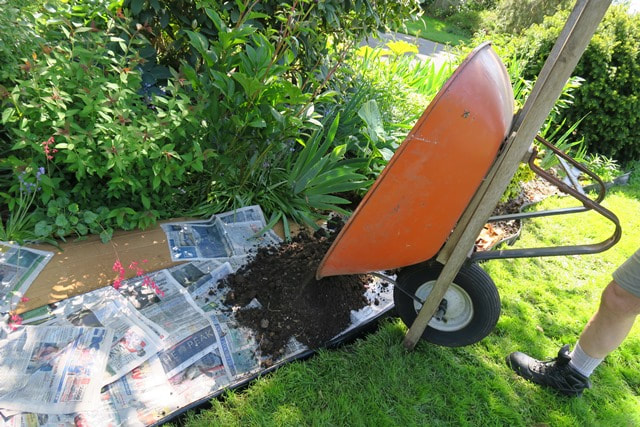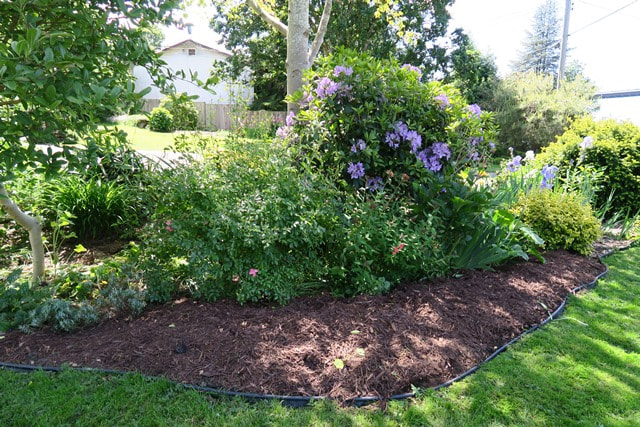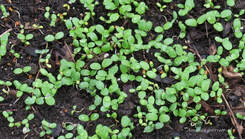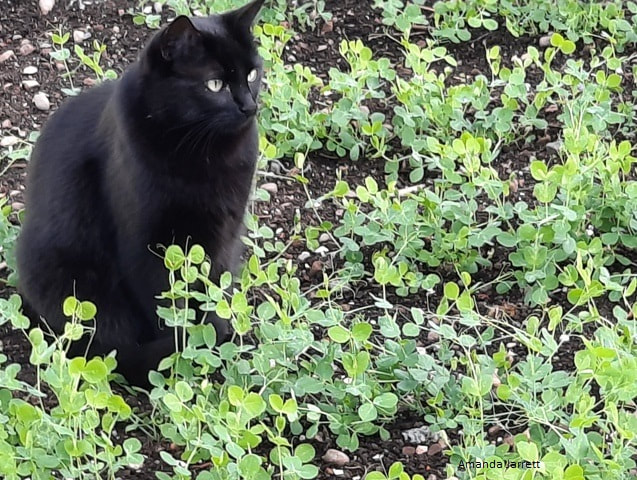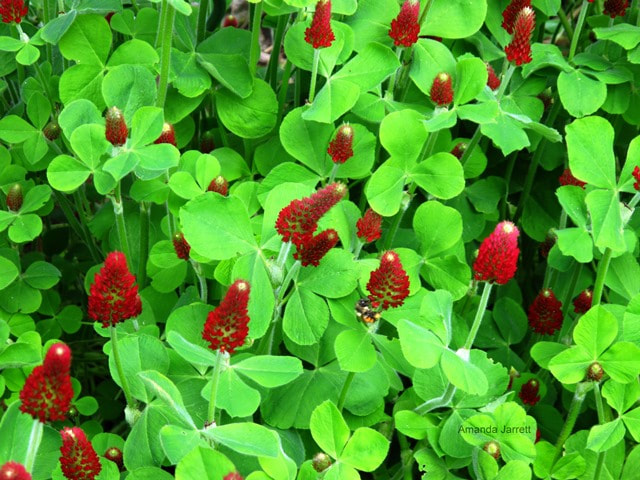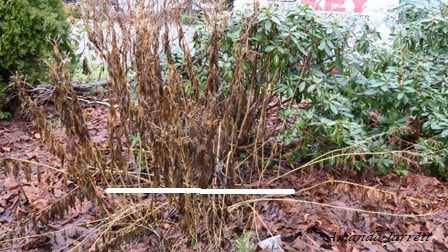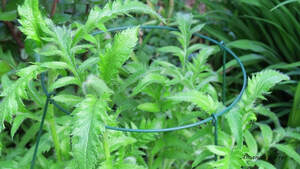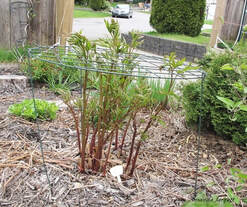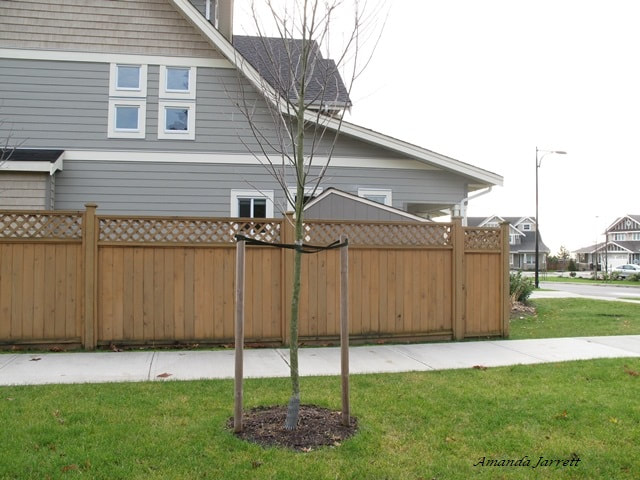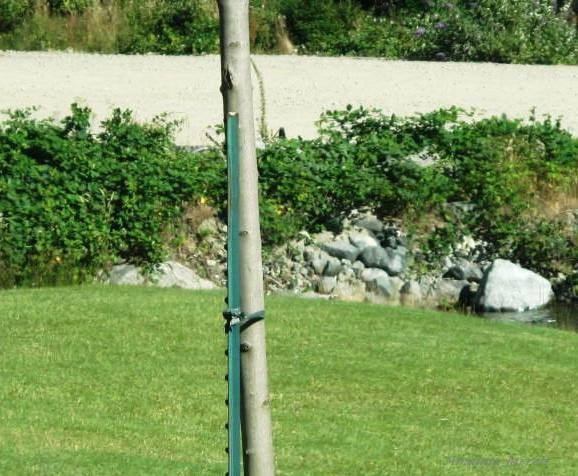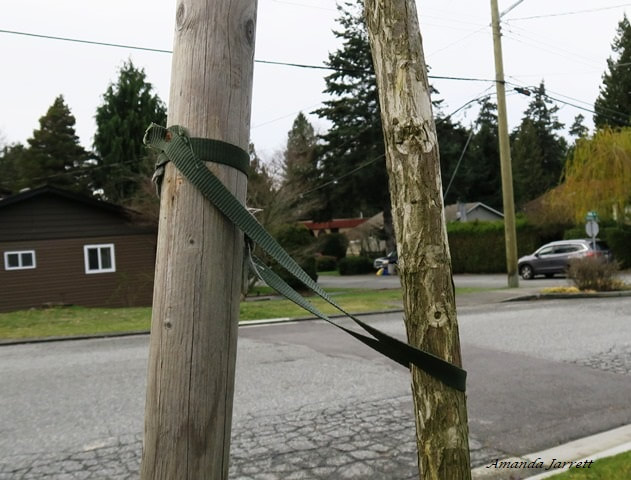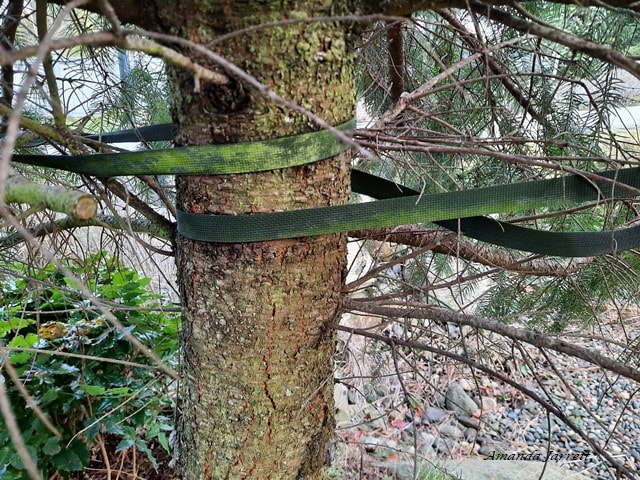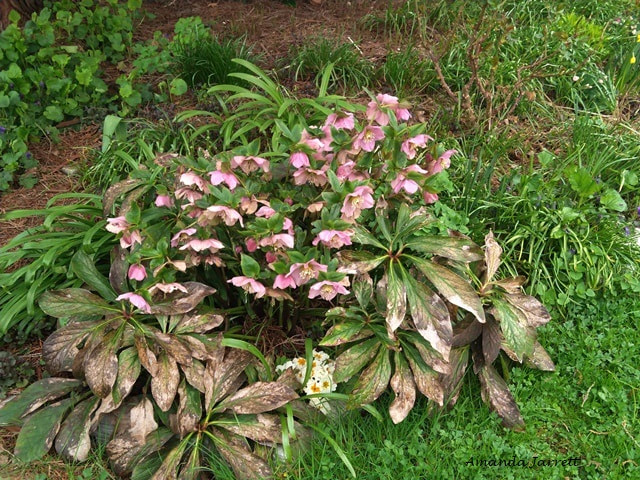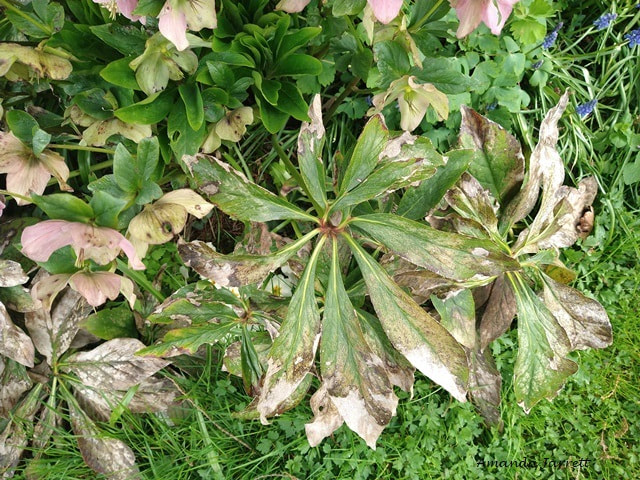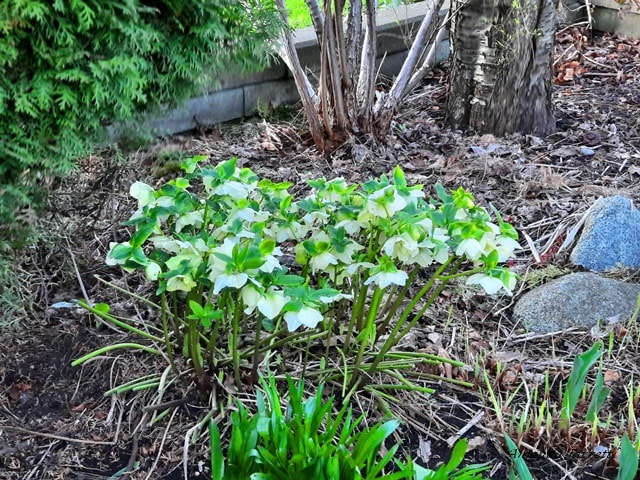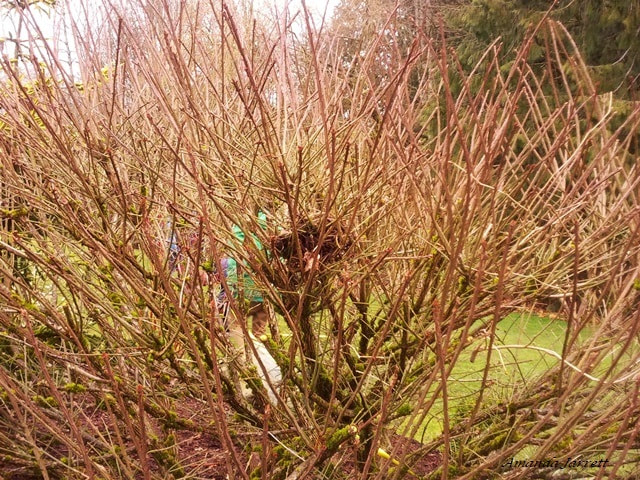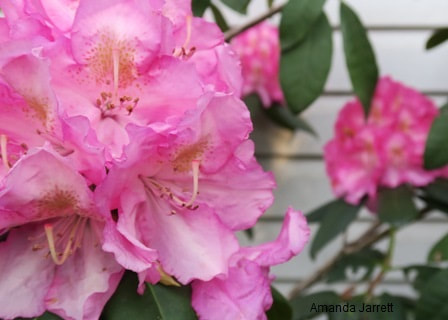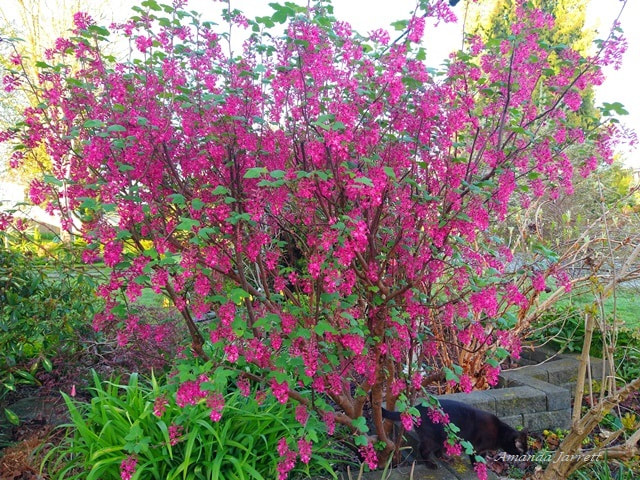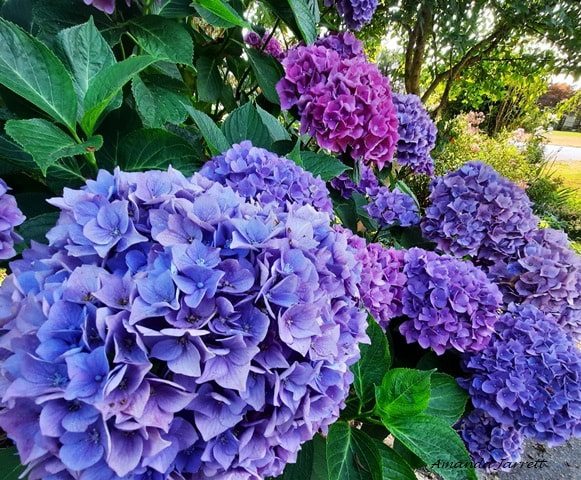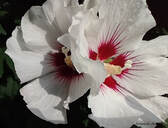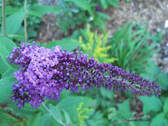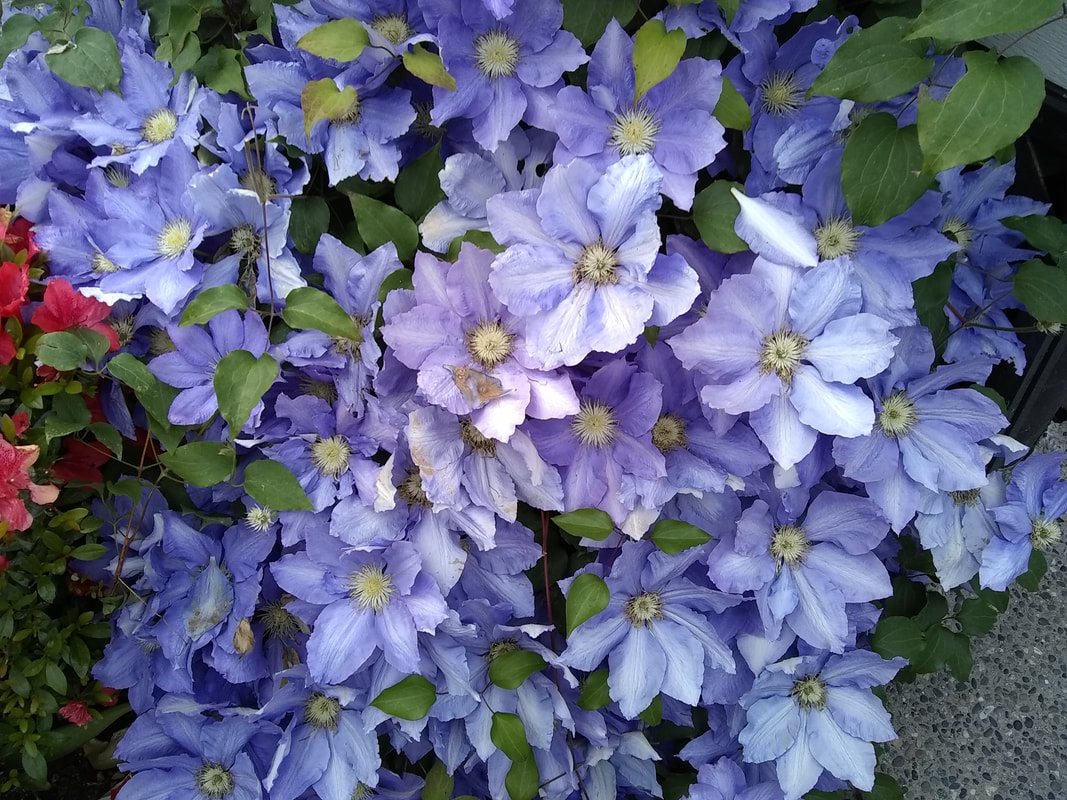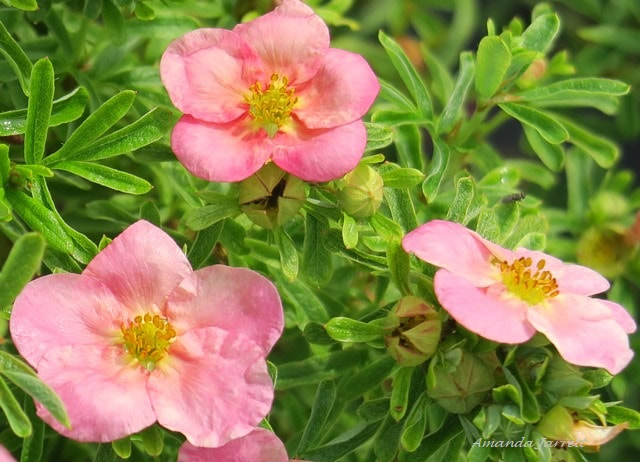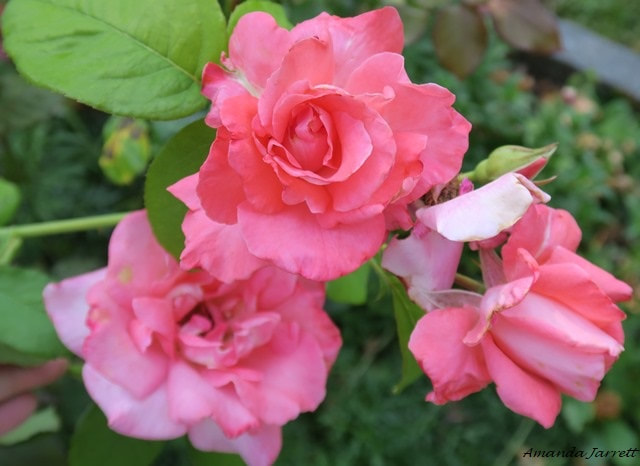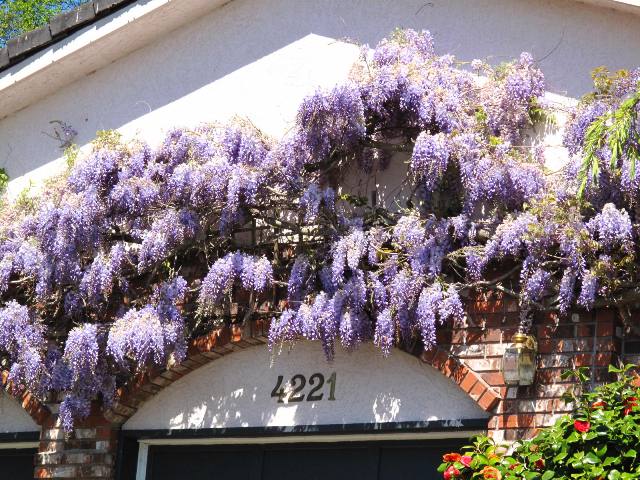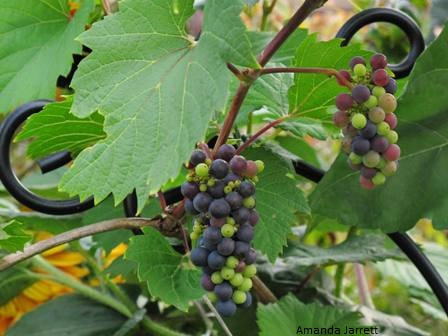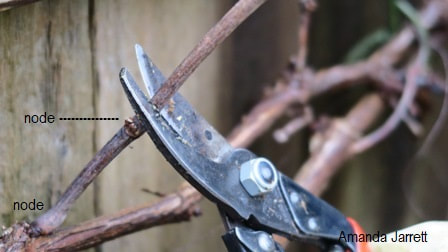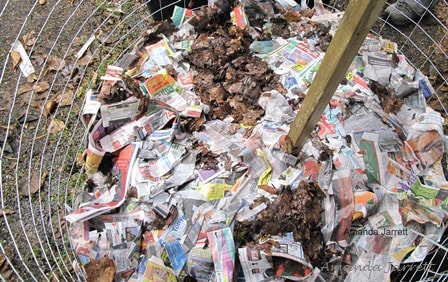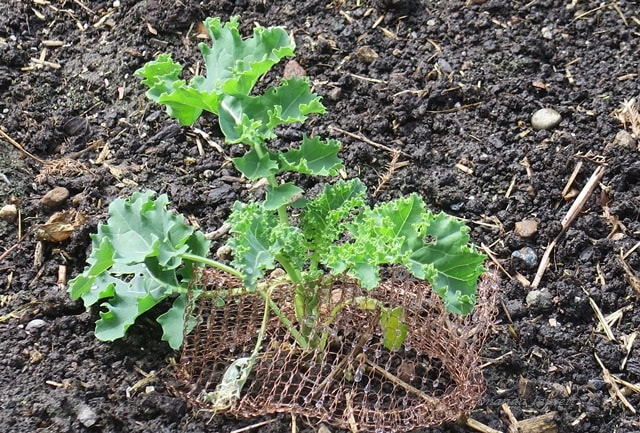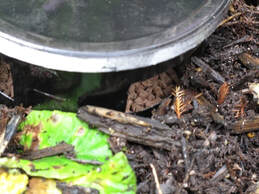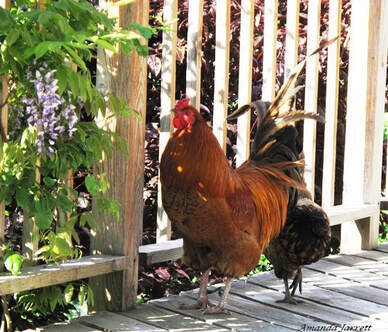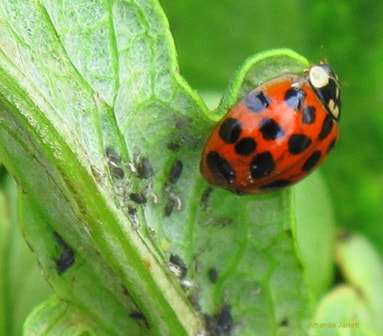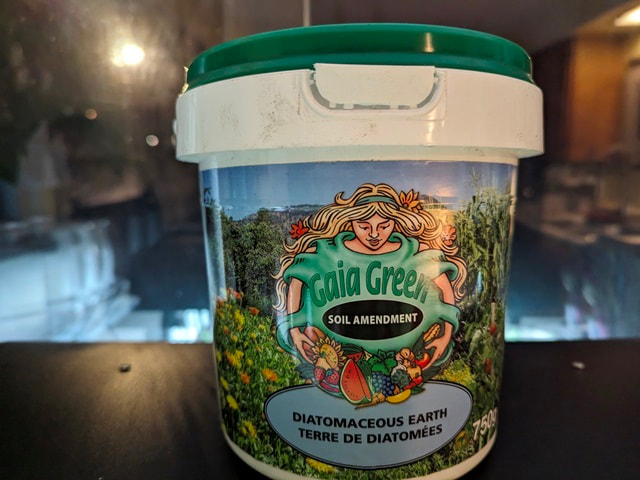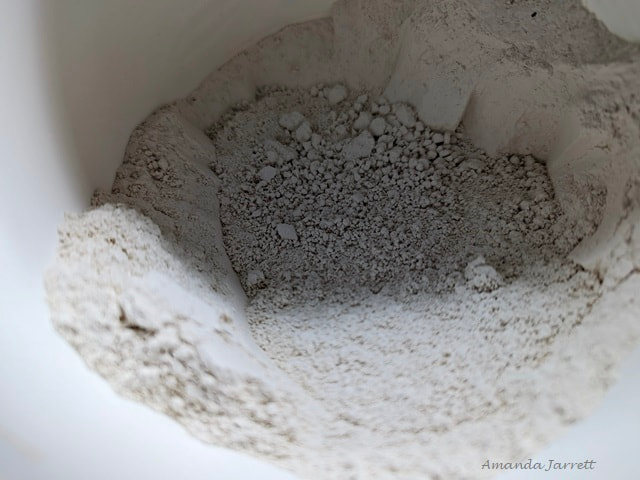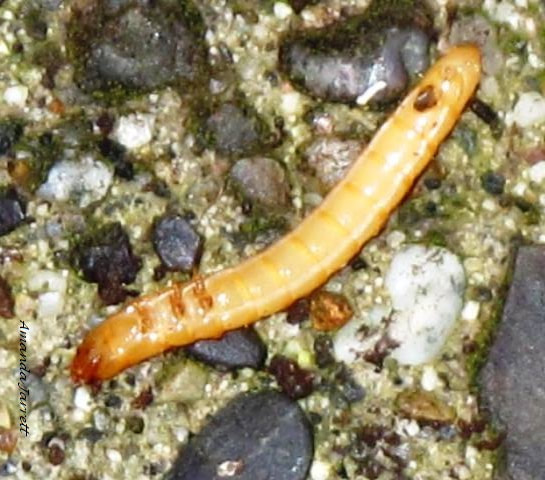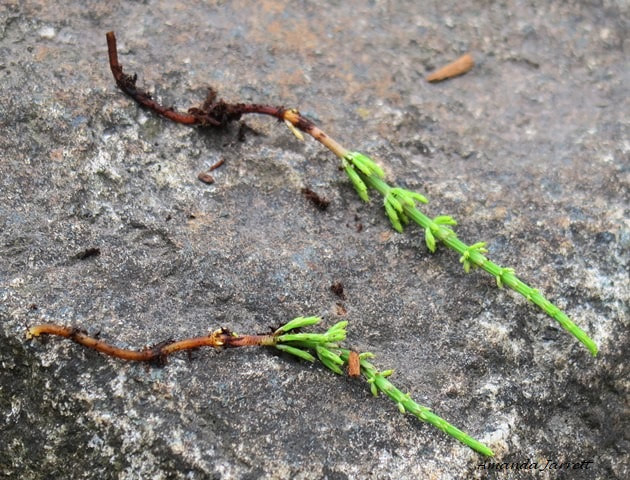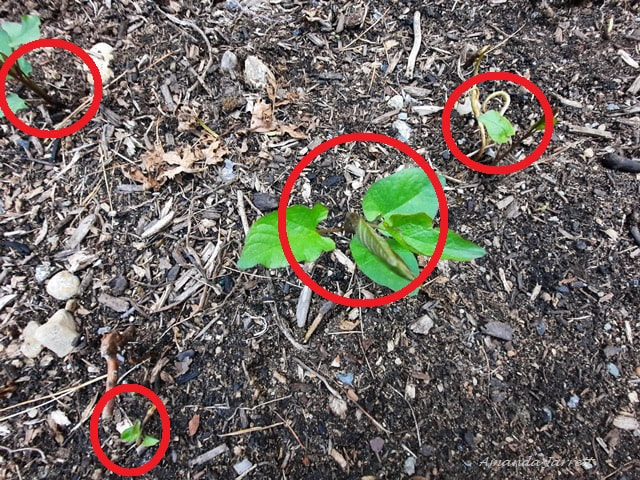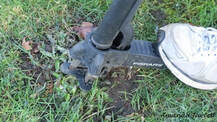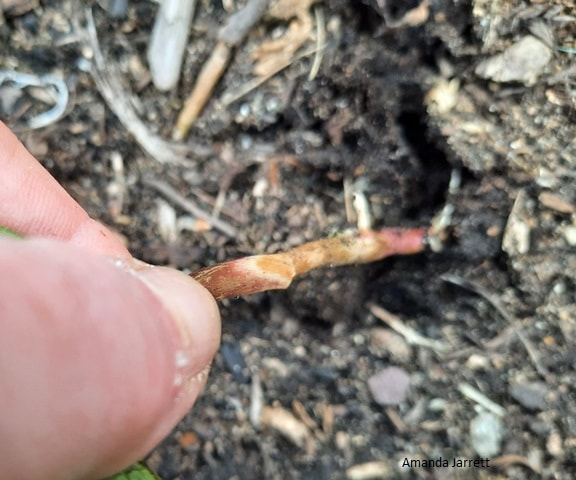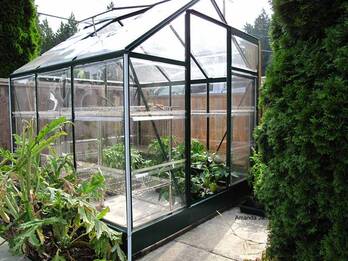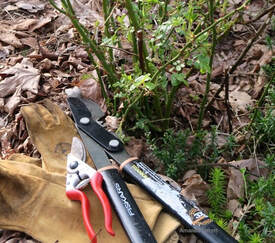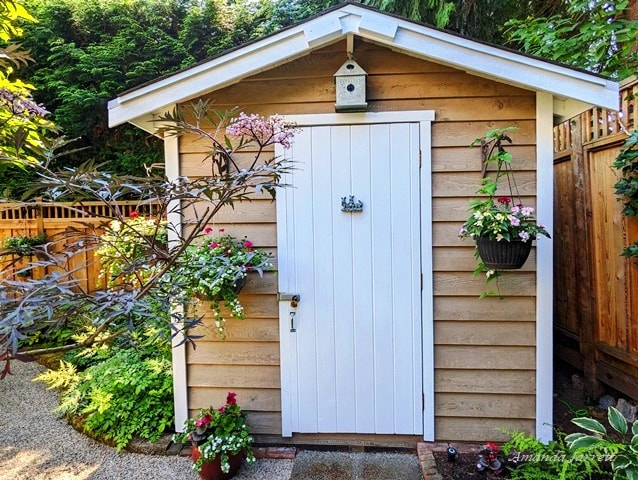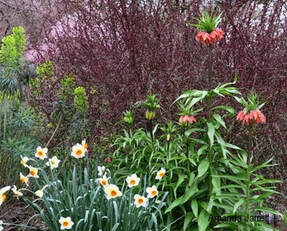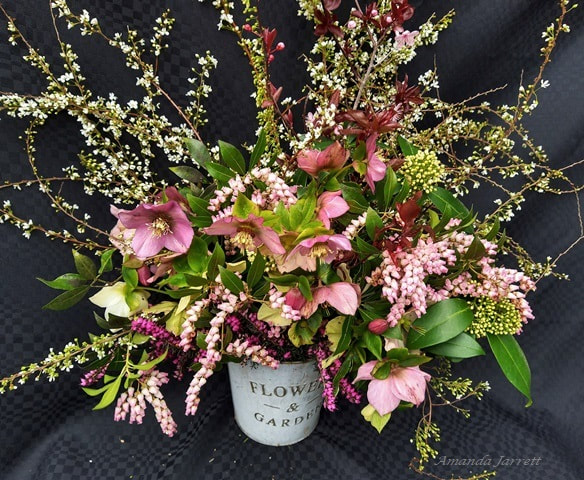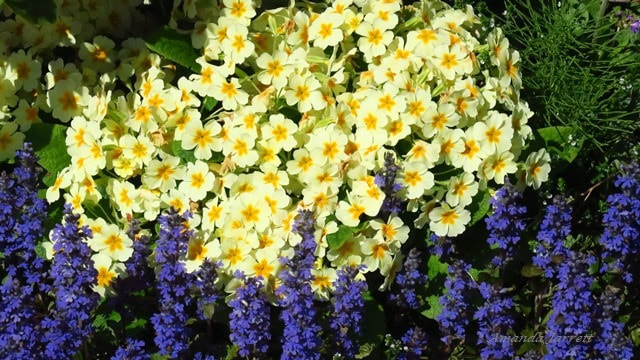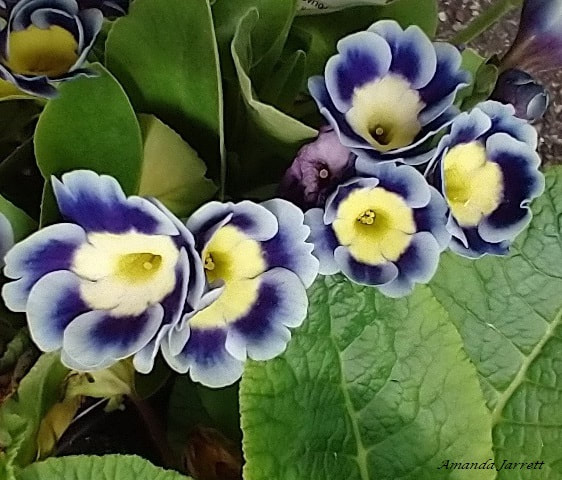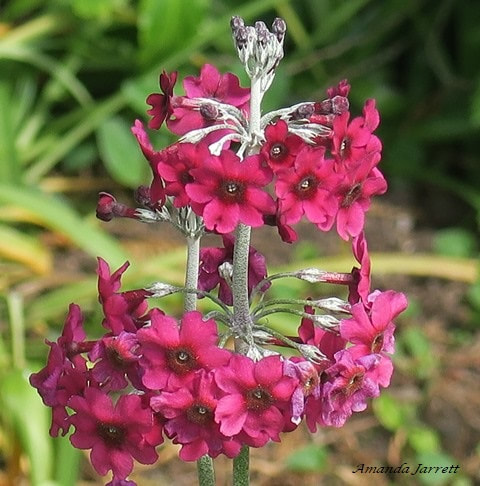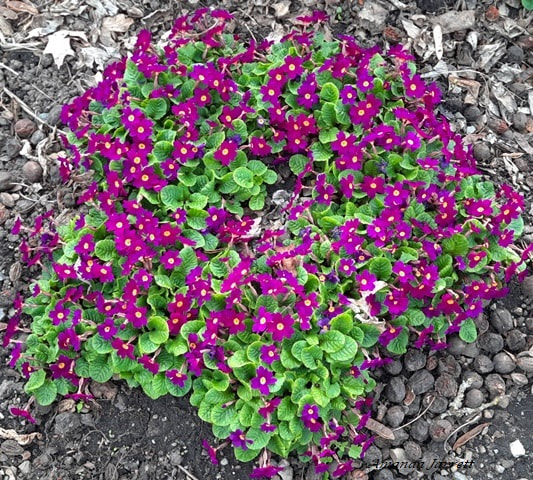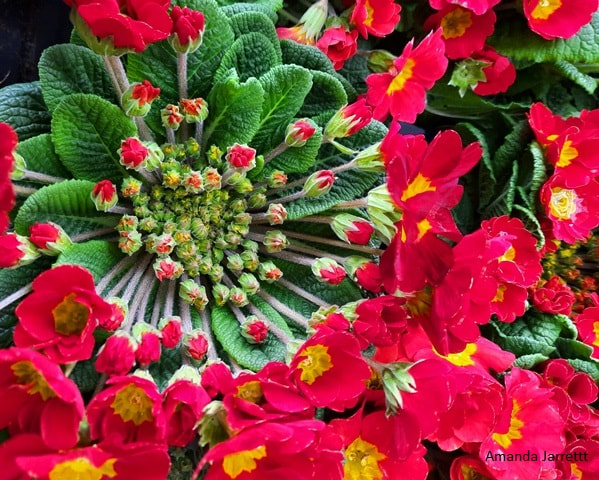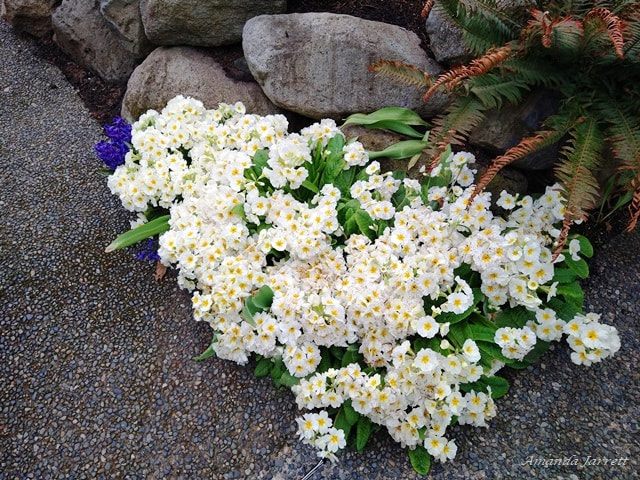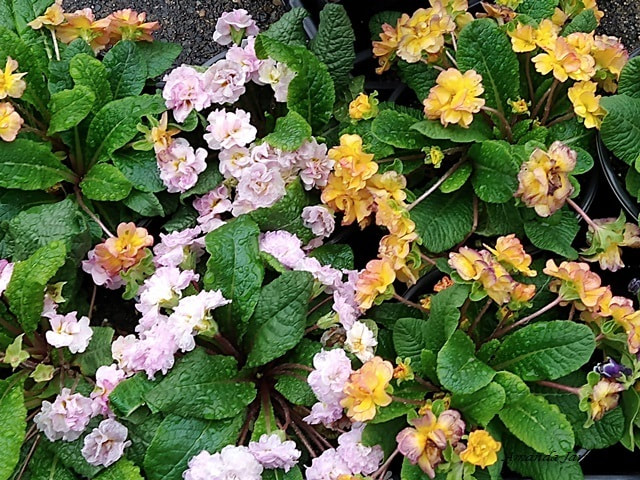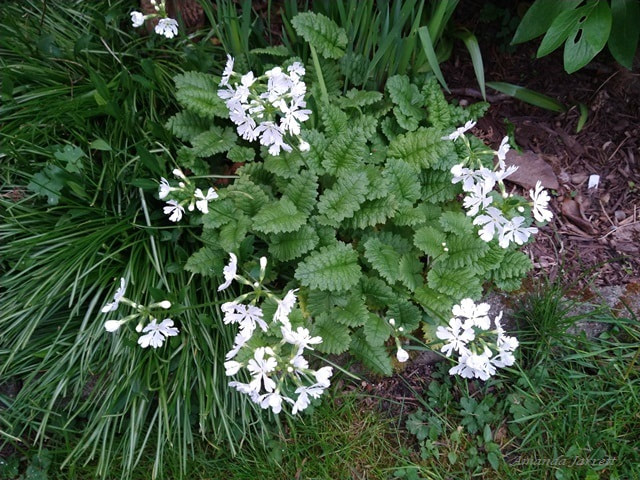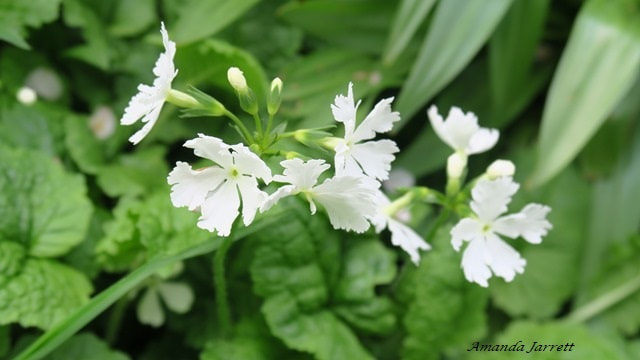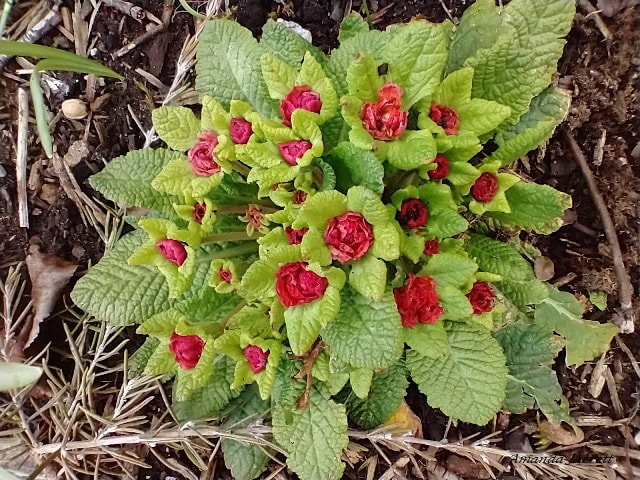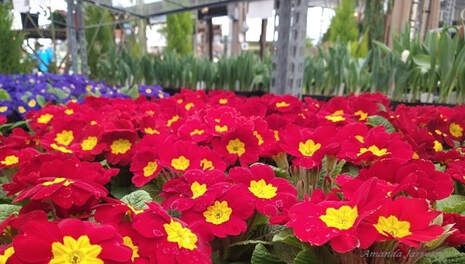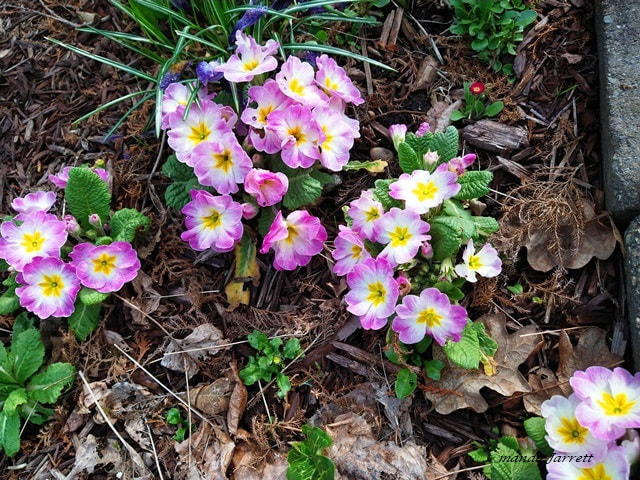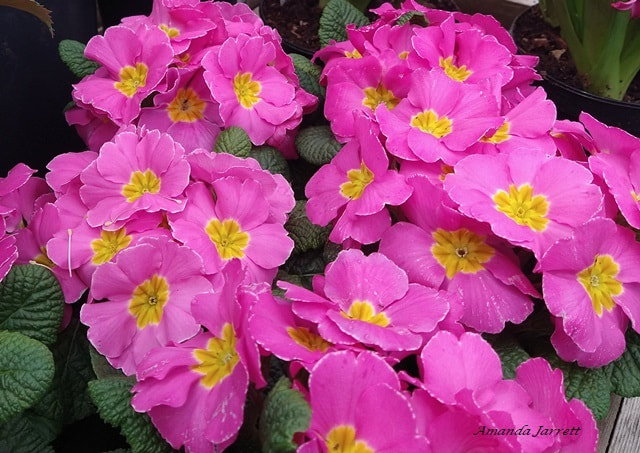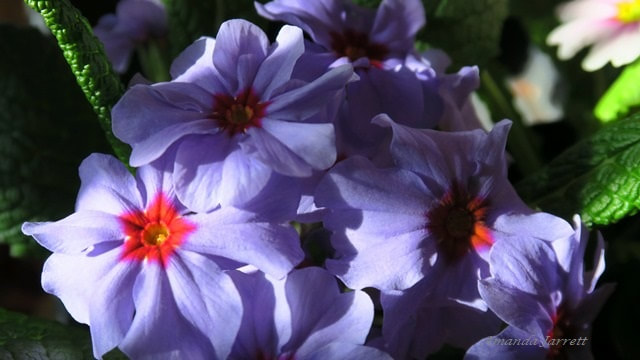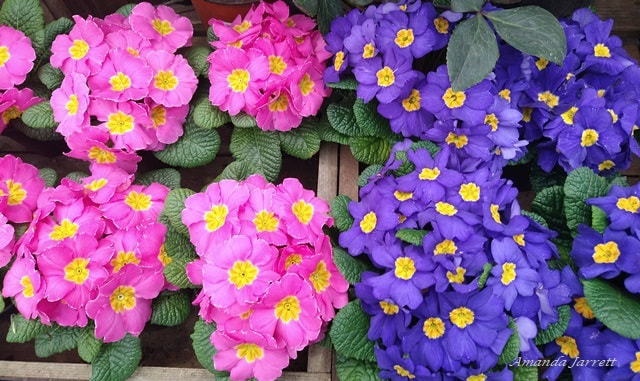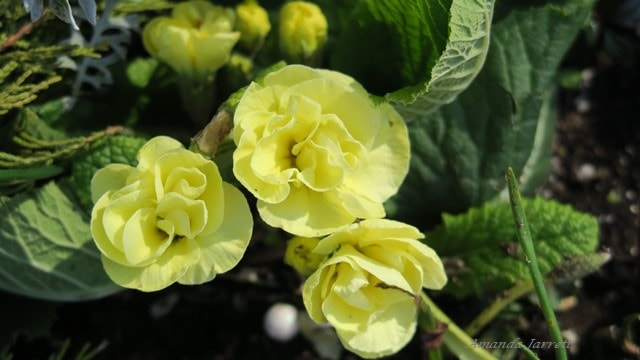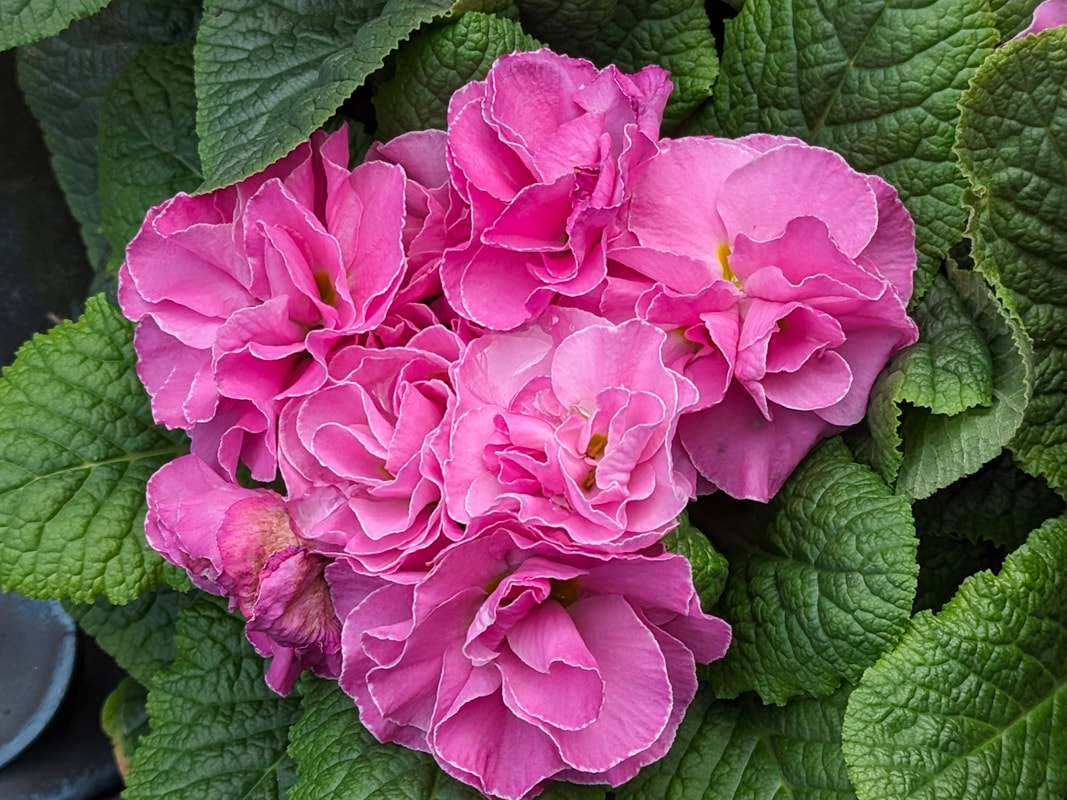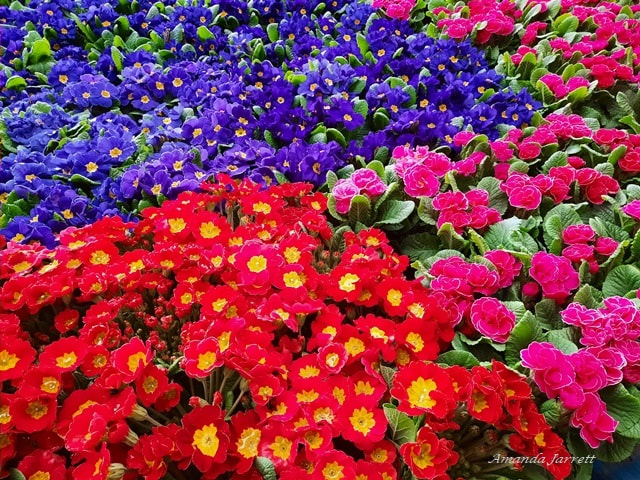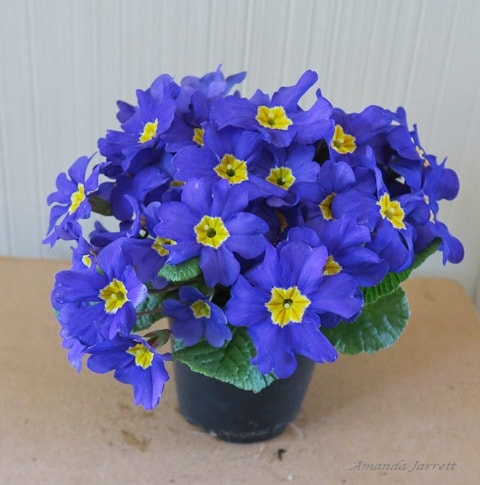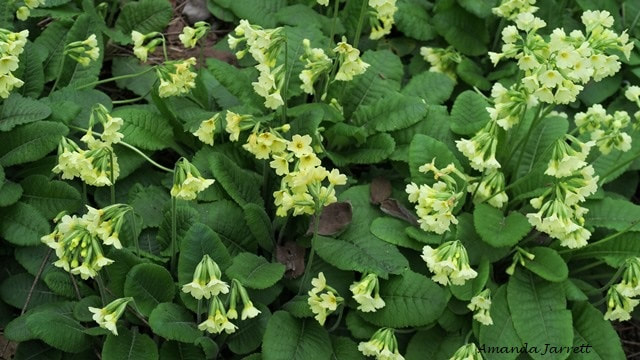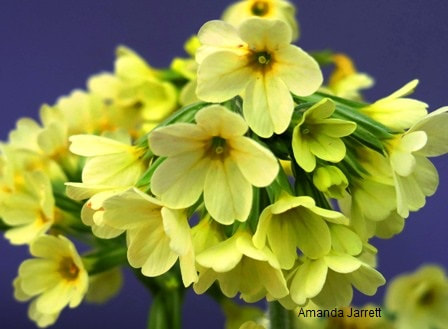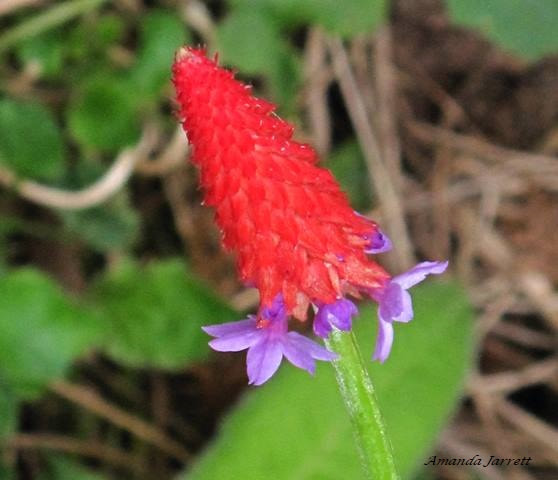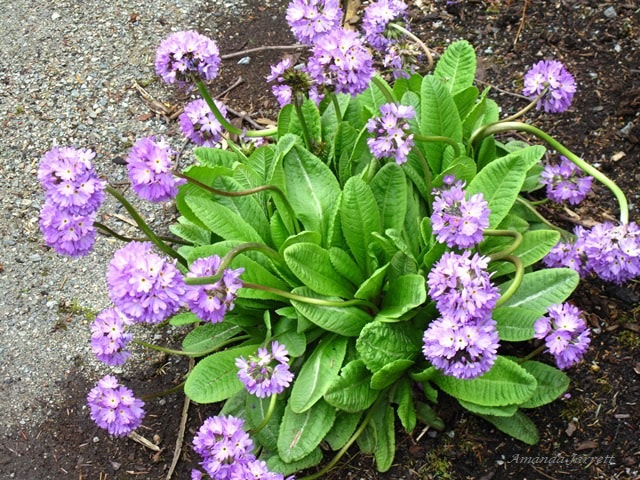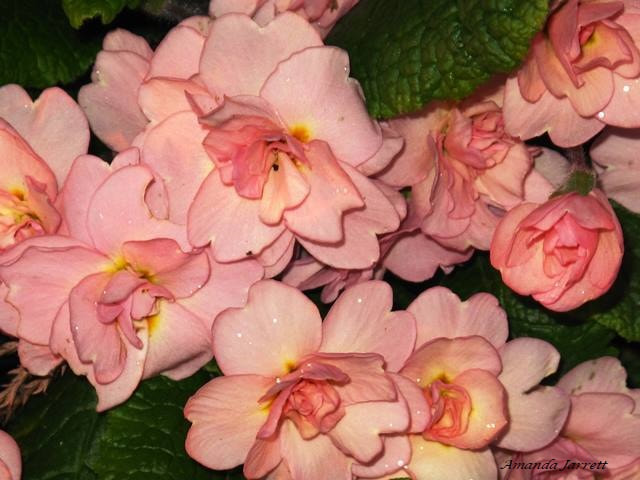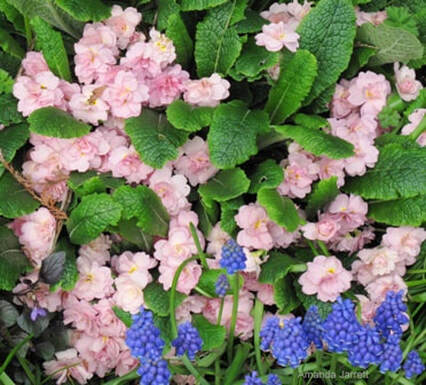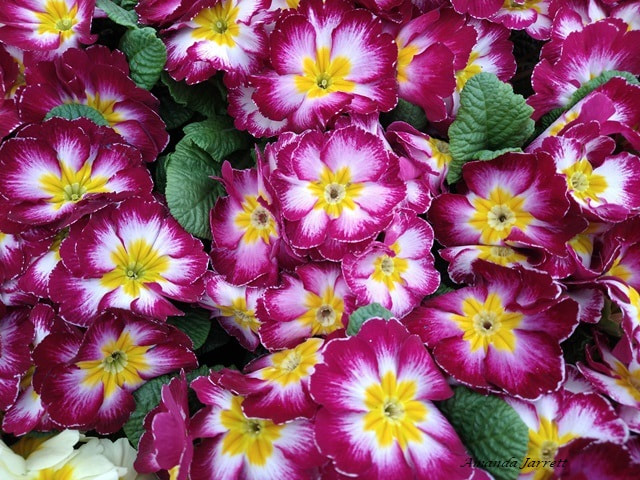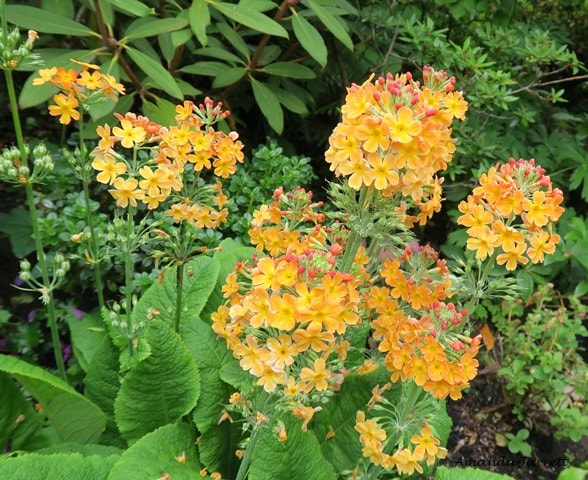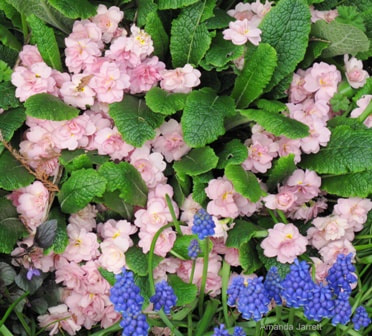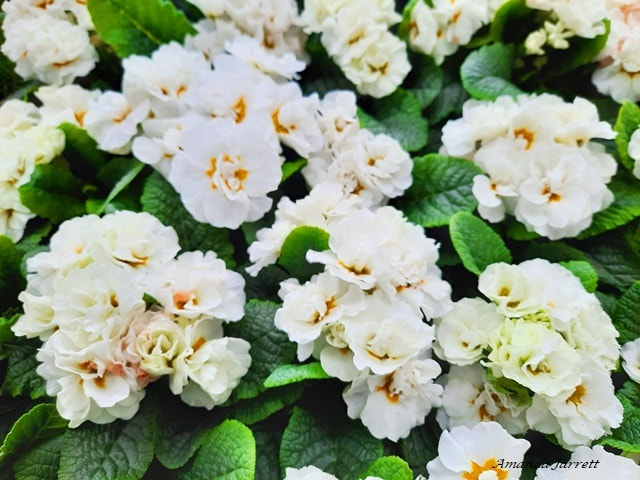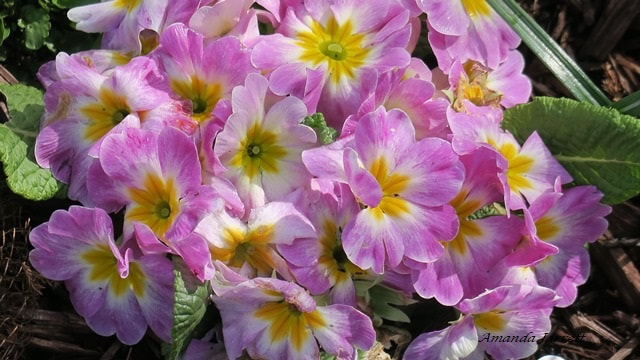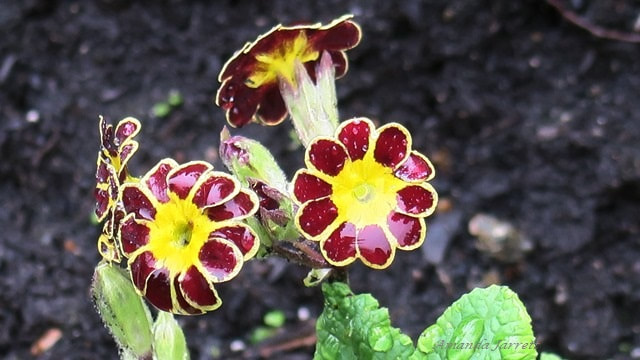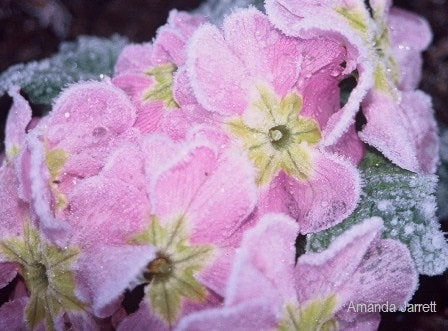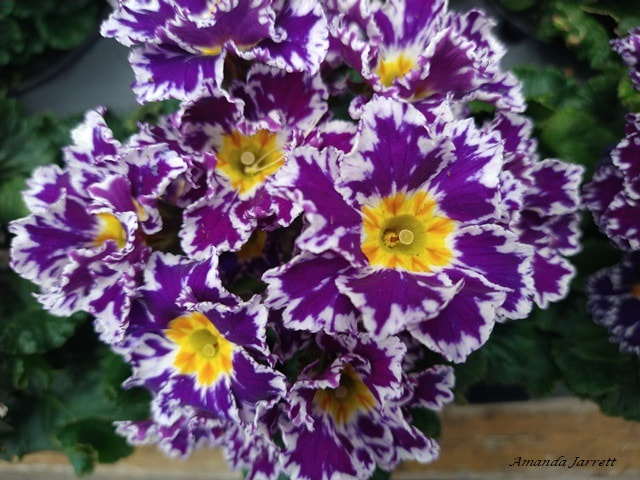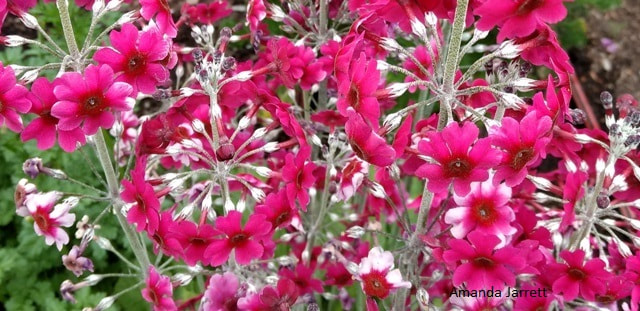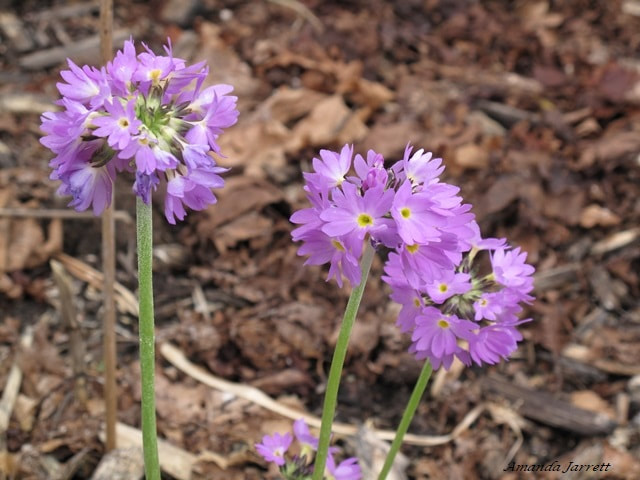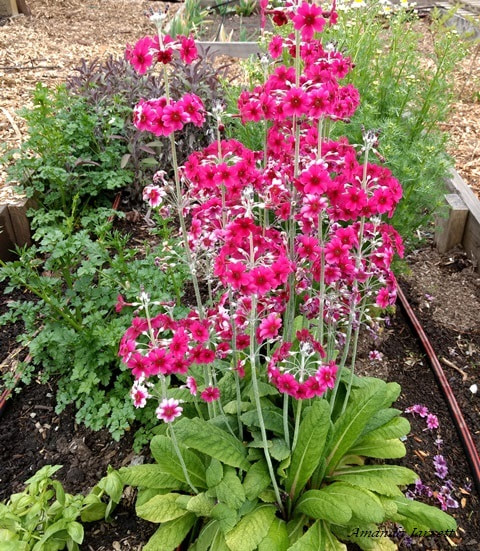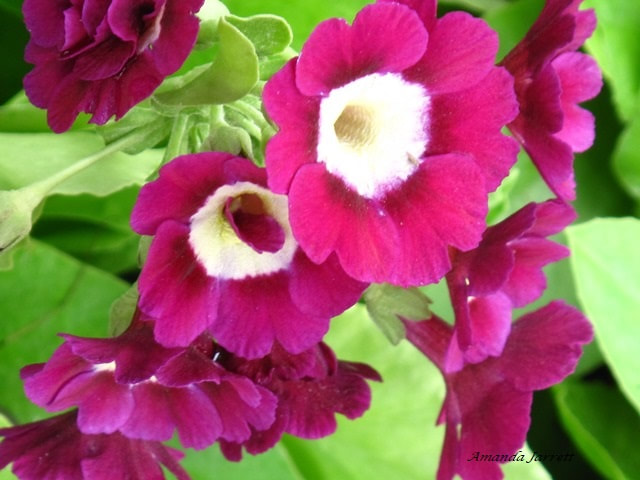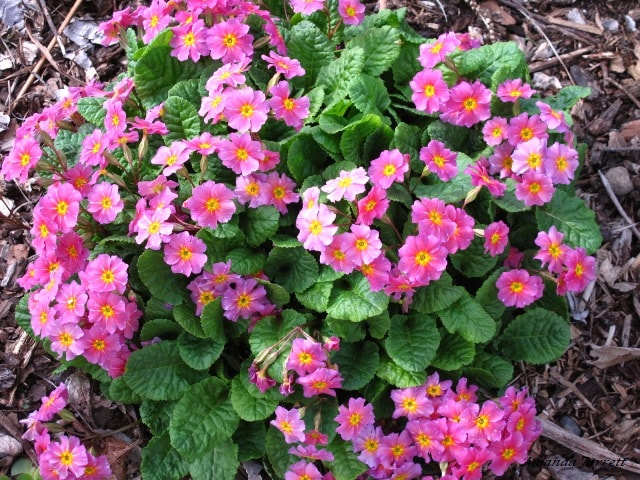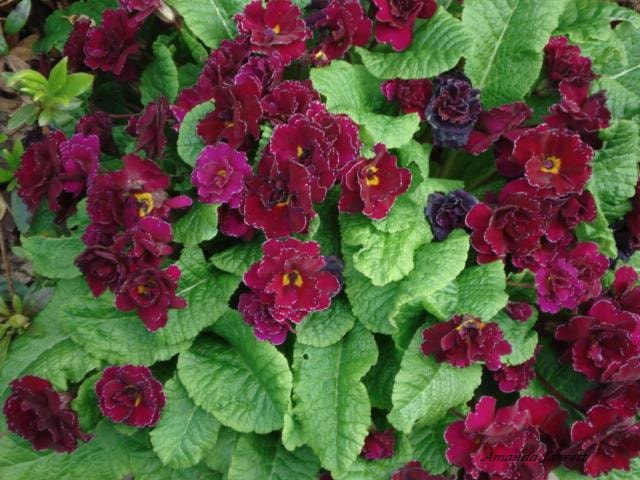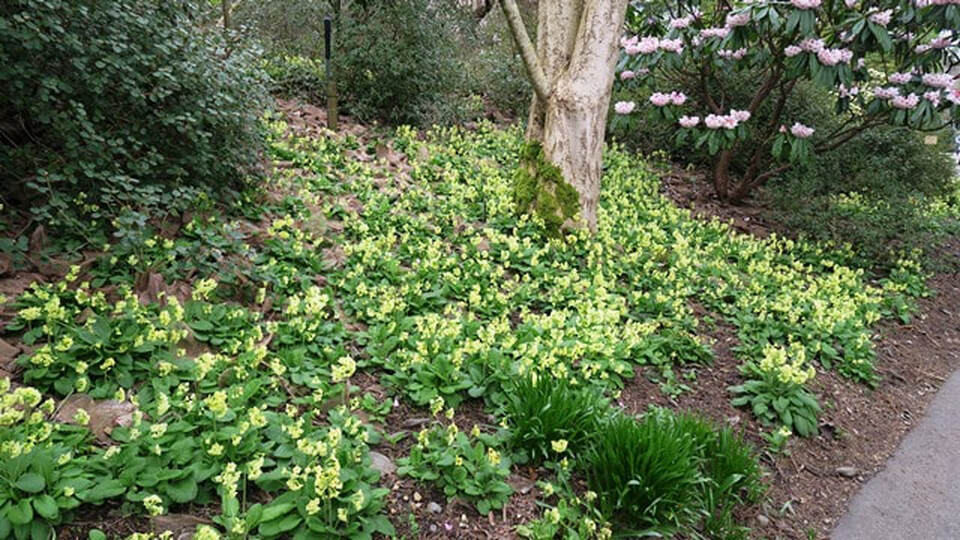Primroses are the featured as the Plant of the Month for March.
Garden Chores for March
An effective display of garden ornaments at Gardenworks, Burnaby.
Fellow Gardeners..Hello Fellow Gardeners,
Surprisingly, it’s March already and the garden is not being shy about it. Primroses, grape hyacinths, camellias and all kind of gorgeous flowers are exploding. It’s time to get a wiggle and my wellies on. There’s work to do. Seeds that I planted last month have germinated under the grow lights in my kitchen. I like having them there so I can continually fuss over them – the wee little darlins’. Now they are up and growing, they need to be potted on, thus diminishing more counter space. But at least I can keep an eye on them - in a non-obsessive way. That’s right – I am not obsessed with looking at my seedlings every chance I get. I can walk away at any time – except when I need to make sure they are okay – ahem. Meanwhile the garden calls. Wellies and garden gloves are on, and away I go! Enjoy your spring garden. It’s a lovely time of year. Cheers, Amanda Gardening ClassesLocation: Credo Christian High School 21846 52 Ave Langley.
Click on the coloured links below or the pics above to be redirected to the Fraser Valley Continuing Education website. Lawn Care: Learn the secrets of a healthy lawn that resists lawn grubs, correct maintenance and how to repair and install new ones. March 9, 9:30 am to 12:00 pm, $29.99. Grow Your Own Food: From sowing seeds indoors to planting outdoors, learn how to grow healthy and productive crops without the use of synthetic products. April 6, 9:30 am to 3:30 pm, $59.99. Bring a lunch! Preparing for Spring: There's lots to do in the garden, learn where to start and what to do. Planting, organic pest control, tree care and other gardening techniques and methods will be covered. Mar 9 2024, 1:00 pm to 3:30 pm, $29.99. Gift Certificates AvailableGet the perfect gift for gardeners and non-gardeners alike with a gift certificate for a personal garden consultation. Get your gardening questions answered including maintenance, design, trouble shooting, plant ID, lawns and veggie gardening. A $200.00 value. Serving Metro Vancouver. Click here to fill out the form.
|
SUBSCRIBE.
|
March Garden Stars
March Garden Chores
Spring has started. The crocuses are up, the rose canes are sprouting tender new leaves, and the flowering cherry trees are the talk of the town. It’s time to do some gardening. Let the games begin.
Walk the walk: Plants are growing – or they should be. Any that are not, should be assessed to see if they are dead or just playing possum. Scratch stems with your thumbnail and if it’s green underneath, there’s hope. If all the stems are dead don’t despair, as the roots may very well be alive. If you want to give it a chance to regrow, cut the dead stems off, and if by April there’s no sign of life, then chuck it. Take the time to inspect your garden, making notes and/or taking pictures of what needs to be done is a smart move. To learn what to look for in your garden click on Garden Inspections.
Sow seeds inside: If you haven’t sown tomato seeds yet, do so now. The same goes for petunias, broccoli, peppers, onions, cone flowers, impatiens and salvia to name a few. To know when to sow seeds, look at the back of the seed packets. It will tell you when and how. Get your seedlings off to a good start with adequate lighting. Keeping seedlings healthy can be tricky, but with some tips and techniques success can be yours. To find the details on sowing seeds indoors including tips, techniques and tricks click on Growing Seeds Indoors. Growing tomatoes from seed? If so click on tomato seedlings to plants.
When Seedlings Suddenly Die - Damping Off
It’s sad when a perfectly healthy seedling goes bad overnight. What’s this world coming to? One day it’s full of promise, happy and green, but by morning, it has gone to the dark side. Shrivelled stems and collapsed seedlings are a sorry sight as they cannot be revived even with CPR. The culprit is a fungus called damping off. To learn how to prevent this deadly disease click on Damping Off.
It’s sad when a perfectly healthy seedling goes bad overnight. What’s this world coming to? One day it’s full of promise, happy and green, but by morning, it has gone to the dark side. Shrivelled stems and collapsed seedlings are a sorry sight as they cannot be revived even with CPR. The culprit is a fungus called damping off. To learn how to prevent this deadly disease click on Damping Off.
Sow Seeds Outside
By the time March rolls around, cool veggie crops and hardy flowers can be planted outside when the conditions are right. If the soil is sopping wet and so cold that even weeds aren’t growing, wait until conditions improve. Plant when the soil is at least 10 degrees C (50F) and a handful of soil no longer drips. Sow peas, sweet peas, beets, kale, calendula, radishes, spinach and other cool season crops and flowers. For more information click on Sowing Seeds Outside.
By the time March rolls around, cool veggie crops and hardy flowers can be planted outside when the conditions are right. If the soil is sopping wet and so cold that even weeds aren’t growing, wait until conditions improve. Plant when the soil is at least 10 degrees C (50F) and a handful of soil no longer drips. Sow peas, sweet peas, beets, kale, calendula, radishes, spinach and other cool season crops and flowers. For more information click on Sowing Seeds Outside.
Planting Indoor Seedlings Outside
When cauliflower, broccoli, kale and other cool season crops that were sown inside grow at least two sets of true leaves, pot each one in their own small 2 to 4 inch pot. Before planting them outside, prepare them for the weather by hardening them off. To learn more, click Growing Seeds Indoors. Wait until mid-May to plant transplants of beans, tomatoes, peppers and other tender non-hardy plants outside.
When cauliflower, broccoli, kale and other cool season crops that were sown inside grow at least two sets of true leaves, pot each one in their own small 2 to 4 inch pot. Before planting them outside, prepare them for the weather by hardening them off. To learn more, click Growing Seeds Indoors. Wait until mid-May to plant transplants of beans, tomatoes, peppers and other tender non-hardy plants outside.
Transplant, Plant Trees, Shrubs & Hardy Plants
Although it’s too early to plant tomatoes, petunias and other frost tender plants, it is the perfect time to plant & transplant trees, shrubs, vines and hardy perennials. Inspect plants and the soil surface of their pots for fallen foliage infested with insects and diseases. Branches should be intact and not have any wounds. Do your research before buying. Keep in mind the conditions of where your new plant will be planted such sun exposure and available space. Avoid ball & burlap (b&b) trees and shrubs as they are planted in solid clay not soil. For more information click on Planting Know-How.
Although it’s too early to plant tomatoes, petunias and other frost tender plants, it is the perfect time to plant & transplant trees, shrubs, vines and hardy perennials. Inspect plants and the soil surface of their pots for fallen foliage infested with insects and diseases. Branches should be intact and not have any wounds. Do your research before buying. Keep in mind the conditions of where your new plant will be planted such sun exposure and available space. Avoid ball & burlap (b&b) trees and shrubs as they are planted in solid clay not soil. For more information click on Planting Know-How.
Dahlias, Tuberous Begonia, Cannas & Other Tender Bulbs
Pot up stored overwintered frost-tender bulbs with fresh potting soil, water and label. Divide dahlias easily to make more plants quickly and easily. To learn how click on my YouTube video Dividing Dahlias. Soak store bought bagged dahlias overnight before planting. Place the potted plants in a well-lit, frost free area. For more click on Dahlias or Tuberous Begonias.
Pot up stored overwintered frost-tender bulbs with fresh potting soil, water and label. Divide dahlias easily to make more plants quickly and easily. To learn how click on my YouTube video Dividing Dahlias. Soak store bought bagged dahlias overnight before planting. Place the potted plants in a well-lit, frost free area. For more click on Dahlias or Tuberous Begonias.
Overwintered Geraniums (Pelargoniums) & other overwintered tropicals: Remove spindly stems, sickly foliage and cut back remaining stems by half. Repot in the same pot with fresh potting soil. Trim roots to fit pot if necessary or repot into a slightly larger one. Add a slow release granule plant food. Water and place a sunny window or under grow lights. Harden off before placing outside once the danger of frost has past. For more on geraniums, bougainvilleas and other tropical plants click on Tender Plants.
Spring Bulbs: Prevent seeds from developing on daffodils, tulips and other larger bulbs by removing spent blossoms before seed heads form. Free the foliage of emerging tulips and other spring bulbs that are bound by fallen fall foliage. Tempting as it may be to cut green foliage off after the flowers have faded, you will be compromising next year’s flowers. Either wait for the foliage to yellow before cutting them off or dig up the bulbs up while leaves are green. Just be ultra careful not to break off the foliage. Plant them somewhere less noticeable or in pots so they can die back naturally. Read more...
Lawns
Start lawn maintenance this month when the lawn starts to grow. Before liming the lawn, it’s a good idea test the soil to see if it the pH is too low. Symptoms of a soil that’s too acidic are yellow grass blades and a patchy lawn as the grass plants fail to knit together. To learn more about the different limes and soil pH click . Mow the lawn to 2.0 to 2.5 inches, no lower. It’s too early for high nitrogen fertilizers (high first number). To learn more, click on Spring Lawn Care. To eradicate and protect your lawn from grubs click on Lawn Grub Control. This is a good time to renovate and install new lawns. To ensure success click on Lawn Reno, Seed & Sod. For mossy lawns, they need a different strategy. To learn more, click on Moss in Lawns. And for general lawn maintenance click on Lawn Maintenance Schedule.
Start lawn maintenance this month when the lawn starts to grow. Before liming the lawn, it’s a good idea test the soil to see if it the pH is too low. Symptoms of a soil that’s too acidic are yellow grass blades and a patchy lawn as the grass plants fail to knit together. To learn more about the different limes and soil pH click . Mow the lawn to 2.0 to 2.5 inches, no lower. It’s too early for high nitrogen fertilizers (high first number). To learn more, click on Spring Lawn Care. To eradicate and protect your lawn from grubs click on Lawn Grub Control. This is a good time to renovate and install new lawns. To ensure success click on Lawn Reno, Seed & Sod. For mossy lawns, they need a different strategy. To learn more, click on Moss in Lawns. And for general lawn maintenance click on Lawn Maintenance Schedule.
Lawn Mower Maintenance: Clean the wheels, mower deck and sharpen mower blades. A sharp blade gives a clean cut. Dull blades tears the grass blades, which gives the grass a dull hue and clogs up the mower. For further maintenance instructions, refer to the instruction manual.
Gas Mowers: Ensure cables, screws and other fasteners are secure. Remove the spark plugs, clean filters or replace them if necessary. Remove the oil drain plug and drain the oil. Replace the plug and refill with the oil recommended in the owner’s manual. Remove the blade and sharpen or take it to a professional. Clean the underside of the mower while the blade is removed.
Gas Mowers: Ensure cables, screws and other fasteners are secure. Remove the spark plugs, clean filters or replace them if necessary. Remove the oil drain plug and drain the oil. Replace the plug and refill with the oil recommended in the owner’s manual. Remove the blade and sharpen or take it to a professional. Clean the underside of the mower while the blade is removed.
Veggie Garden Beds
Now is a good time to enrich the soil with goodies, but before you do so, remove all debris and weeds. Once that’s done, rake in a couple of inches of compost, SeaSoil, well-rotted manure and other organic soil amendments to improve the soil. After mixing in the soil amendments, allow the soil to settle for at least a few days. Don’t double dig the garden or turn the soil over. This upends the soil profile so the microorganisms from the upper part of the soil that enjoy air and light are now deeply buried, whilst the organisms from the bottom are subjected to light and air. It’s not a good thing. Here's more on Improving Soil.
Now is a good time to enrich the soil with goodies, but before you do so, remove all debris and weeds. Once that’s done, rake in a couple of inches of compost, SeaSoil, well-rotted manure and other organic soil amendments to improve the soil. After mixing in the soil amendments, allow the soil to settle for at least a few days. Don’t double dig the garden or turn the soil over. This upends the soil profile so the microorganisms from the upper part of the soil that enjoy air and light are now deeply buried, whilst the organisms from the bottom are subjected to light and air. It’s not a good thing. Here's more on Improving Soil.
Rotate Crops: If you grew veggies last year, don’t plant the same crops in the same spot this year. If you do, there’s more chances of diseases, insects and a lack of the nutrients. Rotating crops is an essential part of growing healthier food.
Lovers & Losers: Not all vegetables get along with each other. Garlic & peas don’t get along. Eggplants don't do well with fennel, but they grow well with beans, peas and spinach. For more click on Companion Planting.
Potatoes: Plant potatoes when the dandelions flower, around St. Patrick's Day. Avoid liming the soil before planting to prevent potato scab. Chit seed potatoes by placing them upright in egg cartons in a bright, frost free location. To learn more about growing potatoes click on SPUDS.
Add Lime with Brassicas: To prevent club root, a common disease of cauliflower, brussel sprouts, cabbage, broccoli and other cruciferous plants, mix in dolomite lime according to the instructions before planting.
Kale: Don’t pull up your kale if survived the winter. As a biennial it will pump out new tender, delicious leaves along its tall flower stalk. Add these pretty edible flowers to your salads.
Kale: Don’t pull up your kale if survived the winter. As a biennial it will pump out new tender, delicious leaves along its tall flower stalk. Add these pretty edible flowers to your salads.
Asparagus: Asparagus crowns are sold in bags in spring for easy planting. They are a perennial plant so give them space to grow and multiply. Follow the instructions on where and how to plant. For existing asparagus beds, protect emerging spears from slugs and cutworms by laying a thick layer of crushed eggshells, copper mesh, and/or diatomaceous earth around them. Harvest three years after planting, not before.
Onions & Shallots: Plant sets (immature bulbs) in a sunny, dry location as they don’t like wet soils, nor shade.
Rhubarb: Plant rhubarb crowns in holes 18" deep by 18-24” wide. Mix in one part soil to one part well-rotted, or composted manure. Place the crowns so the buds are ½ to 1 inch below the soil surface, no deeper. Wait for the second year to harvest stalks, and only remove a few at that time.
Strawberries: Plant in a well-drained, sunny location. Mulch with straw to keep them clean, reduce diseases and deter slugs and snails. Remove flowers on new plants this year as they will be healthier and more productive in subsequent years.
Rhubarb: Plant rhubarb crowns in holes 18" deep by 18-24” wide. Mix in one part soil to one part well-rotted, or composted manure. Place the crowns so the buds are ½ to 1 inch below the soil surface, no deeper. Wait for the second year to harvest stalks, and only remove a few at that time.
Strawberries: Plant in a well-drained, sunny location. Mulch with straw to keep them clean, reduce diseases and deter slugs and snails. Remove flowers on new plants this year as they will be healthier and more productive in subsequent years.
Protect veggies without chemicals
Ensure seeds and seedlings are protected from birds, flying insects and keep them a tad warmer by covering them with a floating row cover. To learn more about this passive but very effective barrier click on Cloches. Another option is to lay chicken wire or bird netting over the top of where seeds were sown. Add more to your arsenal with Mylar balloons and shiny tape on nearby trees and shrubs to scare the birds away.
Ensure seeds and seedlings are protected from birds, flying insects and keep them a tad warmer by covering them with a floating row cover. To learn more about this passive but very effective barrier click on Cloches. Another option is to lay chicken wire or bird netting over the top of where seeds were sown. Add more to your arsenal with Mylar balloons and shiny tape on nearby trees and shrubs to scare the birds away.
Critters in the Garden: To further protect your garden from rabbits, squirrels and other critters that nibble on spring bulbs, veggies and fruit, there are numerous techniques including barriers, visual deterrents, repellants and other tips and tricks. To learn more click on Critters in the Garden.
Container grown veggies: You don’t need a garden to grow veggies. All you need is a planter with drainage holes that’s filled with bagged planter soil, available at garden centres and where garden products are sold. It’s only March so it’s too cool to plant tomatoes and peppers, but it’s perfect for peas, lettuce, chard, kale, spinach, broccoli, potatoes and other cool season crops. Set planters on drainage trays to collect excess water. Either sow seeds, or purchase starter plants from garden nurseries. To learn more about growing in containers click here.
Garden Beds
Remove diseased garden debris and weeds. Keep any fallen leaves on the ground that are left over from last fall. Either dig them in or leave them as a part of the mulch layer. It is not advisable to rake off all the organic debris from the soil surface as it adds essential organic matter. Mix in compost to the dripline (where the canopy ends) around trees, shrubs and perennials. Scrape any mulch away first, mix in some compost then replace the mulch over top. For gardens that already have mulch, you might need to top it up, so it is three inches deep. Mulch reduces the need to water, weed and fertilize. To learn more, click on MULCH.
Remove diseased garden debris and weeds. Keep any fallen leaves on the ground that are left over from last fall. Either dig them in or leave them as a part of the mulch layer. It is not advisable to rake off all the organic debris from the soil surface as it adds essential organic matter. Mix in compost to the dripline (where the canopy ends) around trees, shrubs and perennials. Scrape any mulch away first, mix in some compost then replace the mulch over top. For gardens that already have mulch, you might need to top it up, so it is three inches deep. Mulch reduces the need to water, weed and fertilize. To learn more, click on MULCH.
Making New Garden Beds
There’s no need to dig up the lawn when making a new garden. Sheet mulching, also known as Lasagna Gardening, is an efficient method that reduces waste and labour. For more information click on Sheet Mulching, Lasagna Gardening.
There’s no need to dig up the lawn when making a new garden. Sheet mulching, also known as Lasagna Gardening, is an efficient method that reduces waste and labour. For more information click on Sheet Mulching, Lasagna Gardening.
Cover Crops
If you planted a cover crop such as fall rye or crimson clover in your veggie garden last fall, congratulations on taking care of your soil. They should be starting to grow with vigor this month. Chop them up and incorporate them into the soil for a nutritious and soil building green manure. Wait a couple of weeks for it to decompose before planting. To learn more, click on Cover Crops.
If you planted a cover crop such as fall rye or crimson clover in your veggie garden last fall, congratulations on taking care of your soil. They should be starting to grow with vigor this month. Chop them up and incorporate them into the soil for a nutritious and soil building green manure. Wait a couple of weeks for it to decompose before planting. To learn more, click on Cover Crops.
Perennials
If you haven’t already done so, cut off the old stems from last year from asters, delphiniums, ferns, ornamental grasses and other perennials. Dig up crowded perennials and discard any old unproductive portions. Replant the extra plants elsewhere in the garden or pot them up or give them away.
Stake Perennials: Don’t wait for plants to topple due to their heavy flowers (peonies, autumn joy sedum, oriental poppies,) and tall slender stems (asters, delphiniums). Place cages around emerging plants now while you can before they get to big.
If you haven’t already done so, cut off the old stems from last year from asters, delphiniums, ferns, ornamental grasses and other perennials. Dig up crowded perennials and discard any old unproductive portions. Replant the extra plants elsewhere in the garden or pot them up or give them away.
Stake Perennials: Don’t wait for plants to topple due to their heavy flowers (peonies, autumn joy sedum, oriental poppies,) and tall slender stems (asters, delphiniums). Place cages around emerging plants now while you can before they get to big.
Staked trees: It is not necessary to stake trees if they are planted correctly, although it is a common practice done by many municipalities. If you have a staked tree, wiggle the trunk and if it is stable, remove the stakes. If it is not sturdy, then it has not rooted into the surrounding soil. That's okay if it was newly planted, however if it is still unstable a year or more after being planted, the tree was probably planted incorrectly. Maybe the burlap was still left on or it’s still in its pot (it happens), it’s planted too deeply or too high. Inspect the tree for any ropes or wires cutting into its stem and trunk. If so, remove them asap. To learn the correct way of planting trees, click on Planting Know-How.
Hellebore leaf spot: Lenten roses (Helleborus) aren’t immune diseases. Their foliage is often ravaged by hellebore leaf spot that attacks foliage, stems and flowers. The best way to control this disease is to remove infected foliage as soon as it appears and discard. Since this is a disease, it is not advisable to add contaminated parts into to the compost. For more info click on Hellebores, Lenten roses.
What to Prune Now
Just because it’s spring, it doesn’t mean everything has to be trimmed back. Spring flowering trees, shrubs and vines already have formed their flower buds, so if you cut them back now, you will be cutting off those flowers. That’s the usual reason why plants fail to blossom – pruning plants at the wrong time of year. If in doubt, leave plants alone and nature will take over and the plant will eventually flower. Before pruning your trees and shrubs, check the branches for any nesting birds.
Just because it’s spring, it doesn’t mean everything has to be trimmed back. Spring flowering trees, shrubs and vines already have formed their flower buds, so if you cut them back now, you will be cutting off those flowers. That’s the usual reason why plants fail to blossom – pruning plants at the wrong time of year. If in doubt, leave plants alone and nature will take over and the plant will eventually flower. Before pruning your trees and shrubs, check the branches for any nesting birds.
Now is a good time to prune summer and fall blooming plants ex: rose-of-sharon, butterfly bush, hydrangeas. Don't cut mop head hydrangea stems too far back as it will remove their flowers. Click on Hydrangeas for more. If your clematis fails to flower, you might be pruning it at the wrong time of the year. For more info click on Pruning Clematis.
Roses also need their dead, weak, spindly and stems removed. For more click on Pruning Roses. Grape vines and wisterias are best cut back when they are still dormant. For details on how click on Pruning Grapes. Cut off raspberry canes that bore fruit last year at ground level. For the basics on how to prune click on Pruning 101. To make pruning easier, use the right tool for the job. For more click on Pruning Tools.
Compost: Turn the pile with a garden fork. Place the less decomposed material from the outside of the heap into the middle. Add water if dry, add torn newspaper if it’s too wet. For more on how to compost click here.
Slugs & Snails: Tattered, eaten plants covered in slime trails are a sure sign of hungry mollusks on the prowl. Don’t put salt on them as they are not escargots, besides, it contaminates the soil. Slug bait kills wildlife, birds and pets but there are many methods of control that are safe and effective. Learn the different methods on how to control them here.
Slugs & Snails: Tattered, eaten plants covered in slime trails are a sure sign of hungry mollusks on the prowl. Don’t put salt on them as they are not escargots, besides, it contaminates the soil. Slug bait kills wildlife, birds and pets but there are many methods of control that are safe and effective. Learn the different methods on how to control them here.
Aphids/greenflies: Clusters of tiny insects that cling and feed on new growth and flower buds, are aphids. Their feeding results in curled and distorted leaves. Luckily, lady bugs love to feast on them, so before hosing them off, before spraying them with soap and water, and before using an insecticide, look for any ladybugs. A good way of killing the greenflies without harming the ladybugs is to squish them with a gloved hand. Since aphids feed on tender new growth, go easy on high nitrogen fertilizers (first number highest), which also includes nitrogen rich soil plant food and soil amendments such as manures and fish fertilizers. For more on controlling insects, click here. Plants suffering from aphids are also prone to black sooty mould. To find out more click on Black Sooty Mould.
Soil Insects: Cutworms, wireworms and grubs feed on plant roots. Plants die or vanish overnight. Use organic solutions that don't contaminate soil or crops. Diatomaceous earth is composed of sharp silica which cuts and dehydrates insects. Reapply after rain or irrigation and follow all precautions – wear gloves and don’t breathe it in. Cutworms: When planting seedlings and starter plants, place a toothpick on each side of the stem or wrap with a strip of newspaper.
Weeds
Take the time to weed so they don’t run amok. Instead of spraying herbicides, organic or otherwise, pull them out. Watching weeds die slowly is not an attractive look, and reapplication is necessary to ensure they are dead. Hand weeding gives instant gratification but do try to get all their parts. Make it easier by using weed pulling tools available at garden centres and hardware store. Once the bed is weeded, place a 3 inch layer of organic mulch on top of the soil and between plants.
For difficult to kill weeds such as horsetails and bindweed, get them as soon as they poke their way through the ground. Don’t dig them up as that spreads them even more, instead, slip your fingers down into the ground and pull them out. Avoid purchasing topsoil unless it is certified horsetail free. For more click on Horsetail, the Weed.
Take the time to weed so they don’t run amok. Instead of spraying herbicides, organic or otherwise, pull them out. Watching weeds die slowly is not an attractive look, and reapplication is necessary to ensure they are dead. Hand weeding gives instant gratification but do try to get all their parts. Make it easier by using weed pulling tools available at garden centres and hardware store. Once the bed is weeded, place a 3 inch layer of organic mulch on top of the soil and between plants.
For difficult to kill weeds such as horsetails and bindweed, get them as soon as they poke their way through the ground. Don’t dig them up as that spreads them even more, instead, slip your fingers down into the ground and pull them out. Avoid purchasing topsoil unless it is certified horsetail free. For more click on Horsetail, the Weed.
Sheds & Greenhouses: Start the gardening year off to a good start by organizing and cleaning your shed, greenhouse and potting bench. Disinfect all surfaces to prevent the spread of insects, diseases, moulds and fungi.
Garden Equipment: Clean, sharpen and disinfect pruners, seeding trays and plant pots with 1 part disinfectant (Pinesol, Lysol) to 2 parts water. Lubricate pruning tools by spraying with vegetable oil such as Pam.
Garden Equipment: Clean, sharpen and disinfect pruners, seeding trays and plant pots with 1 part disinfectant (Pinesol, Lysol) to 2 parts water. Lubricate pruning tools by spraying with vegetable oil such as Pam.
March PLANT COMBOThis combination of March flowers is for a sunny location with good draining soil. The red stems in the background belong to a barberry (Berberis) shrub. The stems are thorny, hence the name, will produce a plethora of small yellow flowers. Little red leaves appear when the flowers fade. They are followed by blue to purplish little fruit in the fall. In front of the barberry are pink Crown Imperial fritillaria, an unusual looking spring bulb. To their left are pretty daffodils (Narcissus) with orange trumpets.
|
March ArrangementPink drooping hellebore flowers are surrounded by bridal wreath spirea (Spiraea x vanhouttei), Japanese skimmia, and lily-of-the-valley shrub (Pieris japonica). For other arrangements go to Monthly Flower Arrangements
|
March Plant of the month
Primroses
|
Common Name: English & common primrose Botanical Name: Primula Family: Primulaceae Genus: Primula Species: vulgaris Plant Type: herbaceous perennial Form: low growing rosette Mature Size: 4 - 6 inches tall x 4-9 inches Growth: fast Origin: Great Britain, Europe Hardiness Zone: 4 to 8 Foliage: evergreen, lance-shaped, form rosettes from a basal crown, up to 10” long and 2.5” wide Flowers: pale yellow, scented, 1” across, deep yellow centre, early to mid spring, single flowers on leafless hairy stems Fruit: a capsule with small black seeds Exposure: light shade to part shade, avoid afternoon summer sun Soil: humus rich, consistently moist and mulched Uses: garden borders, containers, slopes, cottage gardens, shade gardens, edging, woodland Attracts: butterflies Toxic: cats, dogs, horses Invasive Tendencies: self seeds and naturalizes but most people don’t mind Tolerates: deer & rabbit resistant Awards: Royal Horticultural Society Award of Garden Merit Propagation: seeds, plant divisions Pruning: deadhead after flowering Problems: slugs, aphids, vine weevils, phytophthora root rot, botrytis Comments: The common primrose, Primula vulgaris, is loved for its courageous softly yellow blossoms that emerge early in the spring. Even snow doesn’t deter them from flowering their pretty little heads off. Where to Plant Primroses are at their best when the weather is cool. They thrive where the soil is moist and rich with lots of organic matter. A 3 inch of an mulch of fall foliage or wood chips mimics their natural habitat, further encouraging healthy plants and lots of blossoms. The mulch keeps the soil moist and more fertile. These woodland beauties prefer dappled shade, so they are perfect candidates to plant under trees. Since they dislike the heat, place them away from hot afternoon summer sun. Physical Traits Flowers and leaves grow from a basal rosette that swirl around the centre. Their evergreen foliage is serrated, lance-shaped, wrinkled and slightly hairy on their undersides. They grow to 2 – 10 inches long and up to 2.5 inches wide. Clusters of their softly scented flowers appear in February and last well into April depending on the weather. Their flat-faced one-inch flowers are shaped like trumpets that flare at the end. Primroses are perennials, which means they last from year to year. They multiply forming colonies that cover the ground with their sweet soft yellow blossoms. Issues Primroses are tough and are easy to grow however, Slugs and snails love to feast on their flowers and foliage. They are usually the first plants to get devoured in spring. Primroses don’t get too many insects or diseases if they are planted in the right conditions. Too much shade and soggy soils lead to root rot, however they wither and dry up when the soil is too sandy and dry. Types of Primroses The common English primrose is one of the many types of primroses. It has many gorgeous offspring that include pink, blue and white flowers. There are many types of primroses, not just the common English types. Here's a list of some equally lovely species and cultivars. Double Primroses, P. vulgaris cultivars Often fragrant, double primroses are a cultivar of the common English primrose. Flowers resemble miniature roses due to multiple petals. Flowers are profuse with many flowers that continue from early to late spring. Unlike species primroses, they not long-lived and decline over time. USDA hardiness zones 3 to 8. Acaulis Primrose, Primula acaulis Very similar to the common English vulgaris primrose, the acaulis primula produces numerous flowers on top of a single stem. Many stems are produced resulting in many flowers. Prefers cool weather and moist, rich soils. USDA Zones 4 to 7. Primroses & Polyanthus One of the earliest flowering primroses even when there is still snow on the ground. Flowering continues into mid spring with vivid, vibrant coloured flowers. They are either borne on short stems or on long stalks and grow to 12 inches in height. There are countless cultivars available, and they all are quite versatile. Plant in part shade to full sun but avoid hot summer sun. They prefer humus-rich, moist soil that drains well. USDA hardiness zones 5 to 7. Drumstick primrose, P. denticulata Rounded flowerheads sit atop leafless stems that grow to 12 inches. Large lance-shaped foliage grow from rosettes that form lush clumps. Drumstick primroses prefer partial shade, rich moist soils and are easy to grow and are very hardy. Flowers from early to late spring and are good cut flowers. USDA Zones 2 to 8. Oxlip, Primula elatior Umbels of yellow flowers sit atop winged, leafless stems up to 12 inches in length. Native to woodland margins and meadows, it prefers an evenly moist, rich soil. Elliptical leaves are 8 inches long by 2.75 inches. USDA Zones 4 to 8. Orchid primrose, Primula vialii This primrose prefers wet soils in shady locations. Their sturdy leafless flower stems rise above lance-shaped foliage that lay close to the ground. Blossoms resemble narrow pyramidal spears that grow to 18 inches tall. They appear in early to late summer. Pinkish-red buds open to reveal small purple flowers. USDA Zones 4 to 8. Alpine Auriculas/Primroses Auriculas are hardy, tough plants that live for years. Their flowers are large, flat, rounded and come in a myriad of colours. They grow up to 8 inches and flower from mid to late spring. Plant in moist, well-drained, organic rich soil. Unlike other primroses, they dislike wet soil, especially clay. They also dislike too much shade so place them where they receive dappled shade. USDA hardiness zones 3 to 8. Candelabra Primulas, Primula pulverulenta, P. x bulleesiana Aptly named candelabra primroses bear whorls of flowers in tiers around leafless stems that rise to 3 feet above the foliage. Colours range from pink, purple, red and sometimes white. Wrinkly deep green flat, slightly hairy foliage are a nice contrast to the blossoms. These primroses prefer a partially shaded location, away from full afternoon sun in the summer, and consistently moist, rich soil. USDA hardiness zones 4 to 8. Suitable for cut flowers. Siebold Primrose, Primula sieboldii Originates from the damp meadows and woodlands of Manchuria, Korea, Japan and Siberia. Pale green, wrinkled foliage are protected from the cold with short hairs. In Japan it is known as Sakurasoh, the cherry blossom herb, because their flowers resemble falling cherry blossoms. Flowers are either smooth and round or fringed and lacy. Plants form large floriferous colonies. Used as a cut flower due to their longevity once cut. USDA Zones 4 to 8. |
|
|
|
THE GARDEN WEBSITE INDEX
Click on the links below to be redirected.
for the tropical Gardener

While working in Florida as a horticultural consultant, it became apparent that there was a need for a book on tropical shrubs. There are so many wonderful shrubs to choose from, so I wrote a reference book to make the selections easier. Ornamental Tropical Shrubs includes pictures in full colour and information about the plants in point form. So if you live in the tropics and subtropics and need a reference book on tropical shrubs, or you just want to have a look-see click here.
Copyright 2017 The Garden Website.com, Amanda's Garden Consulting Company - All Rights Reserved

